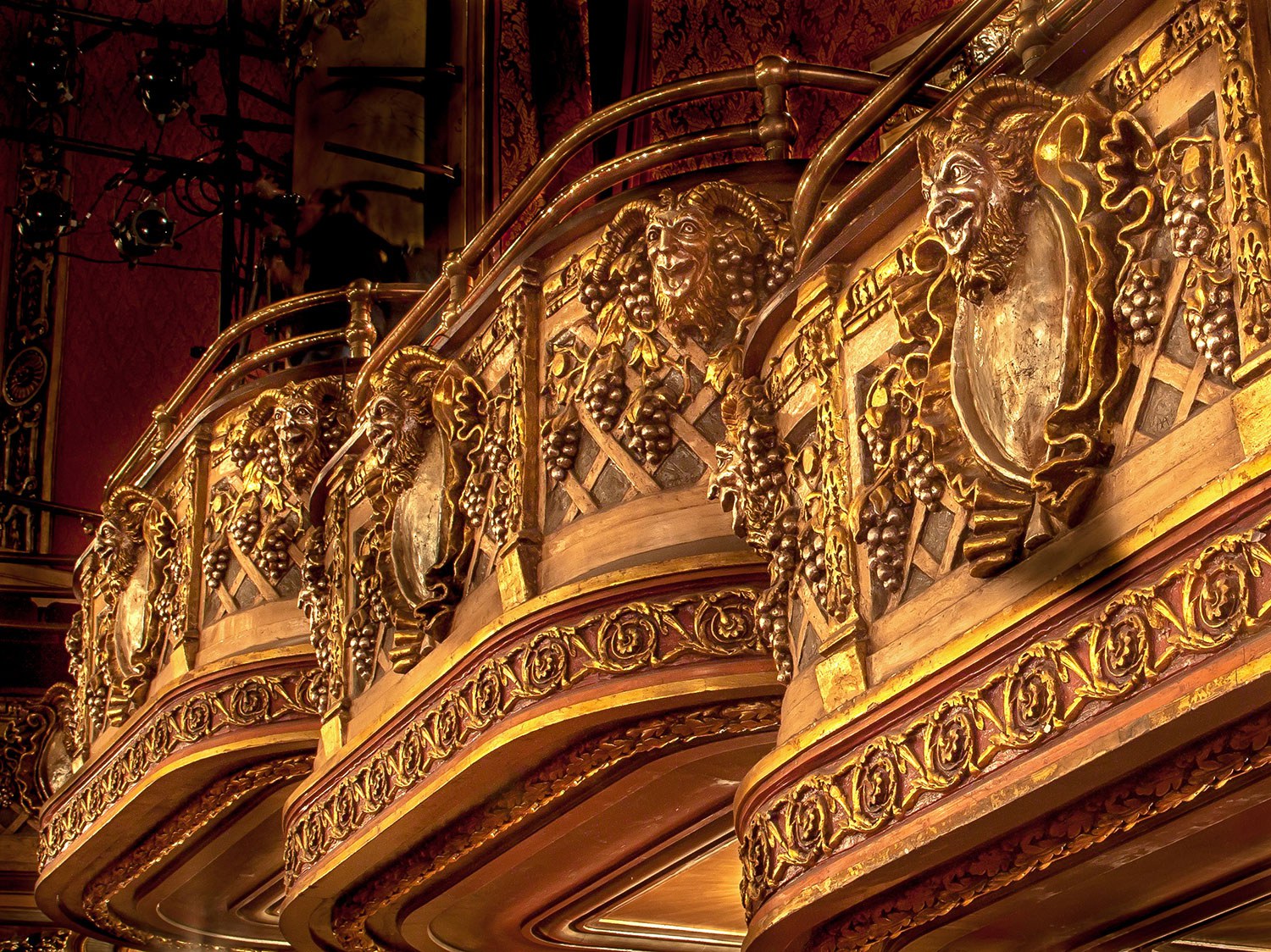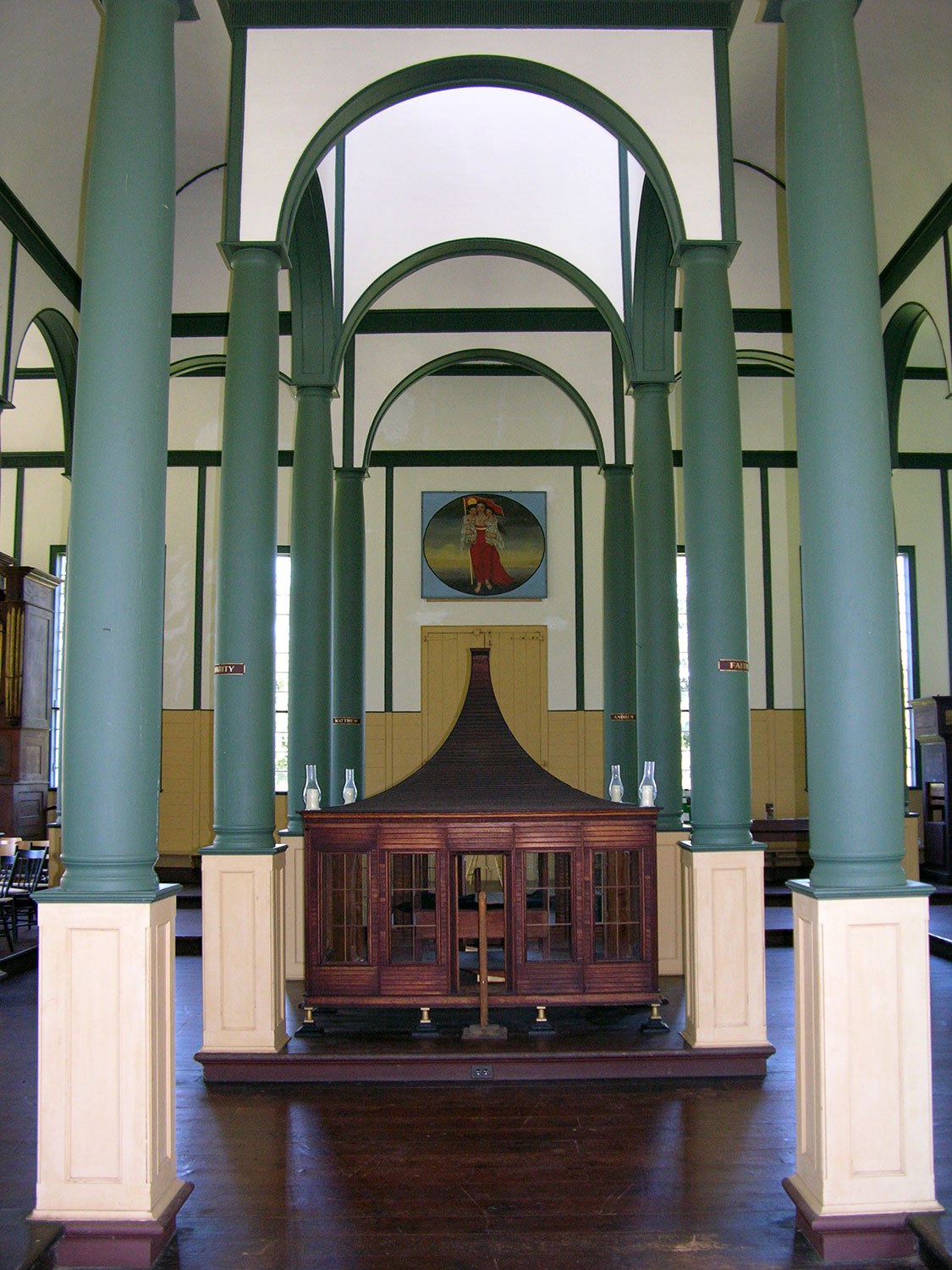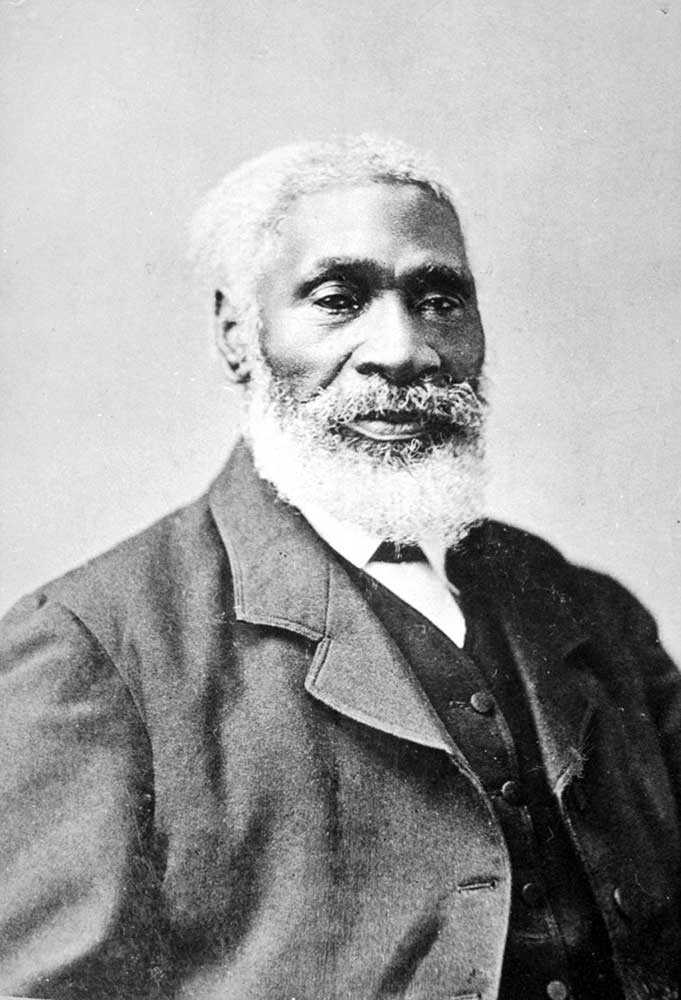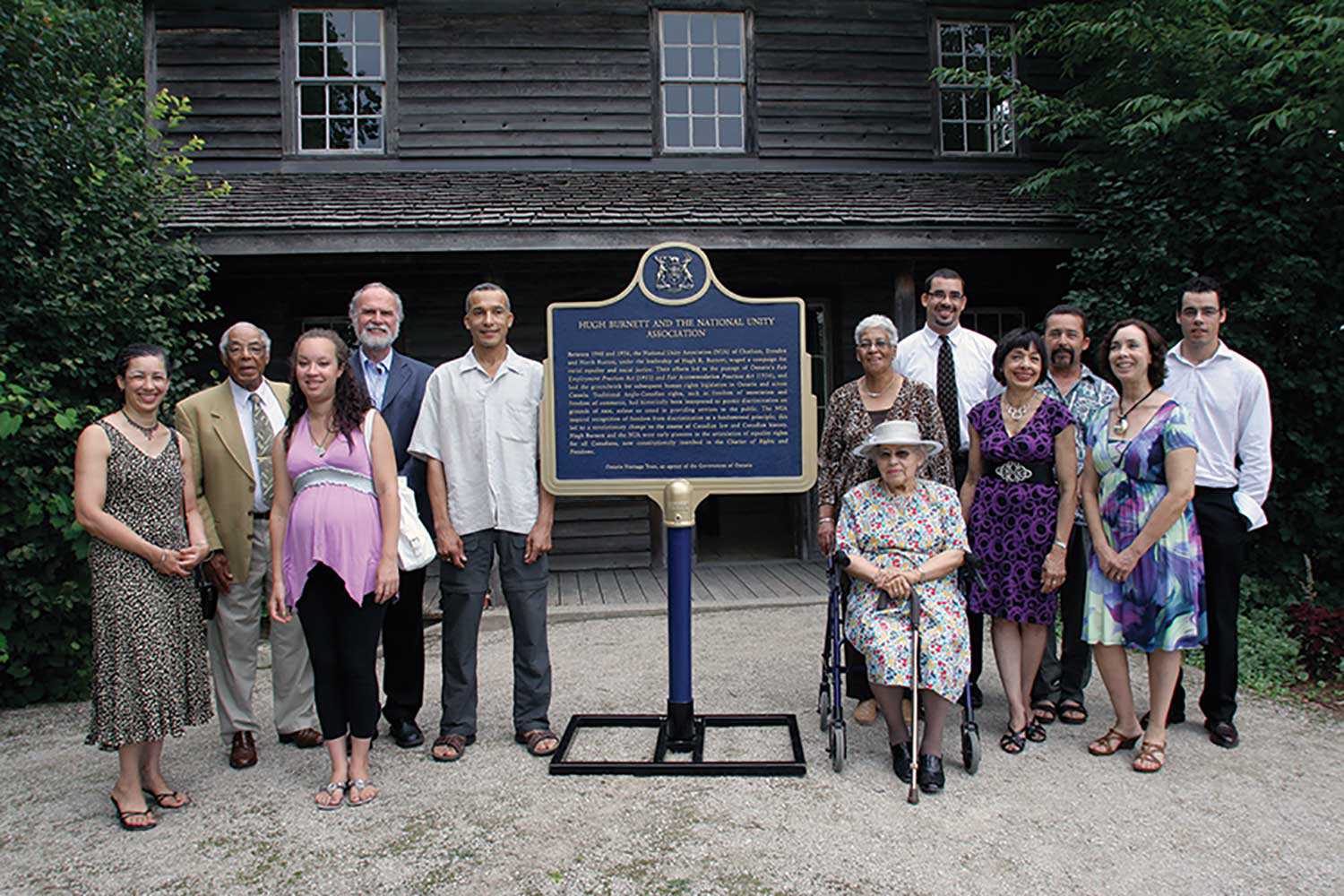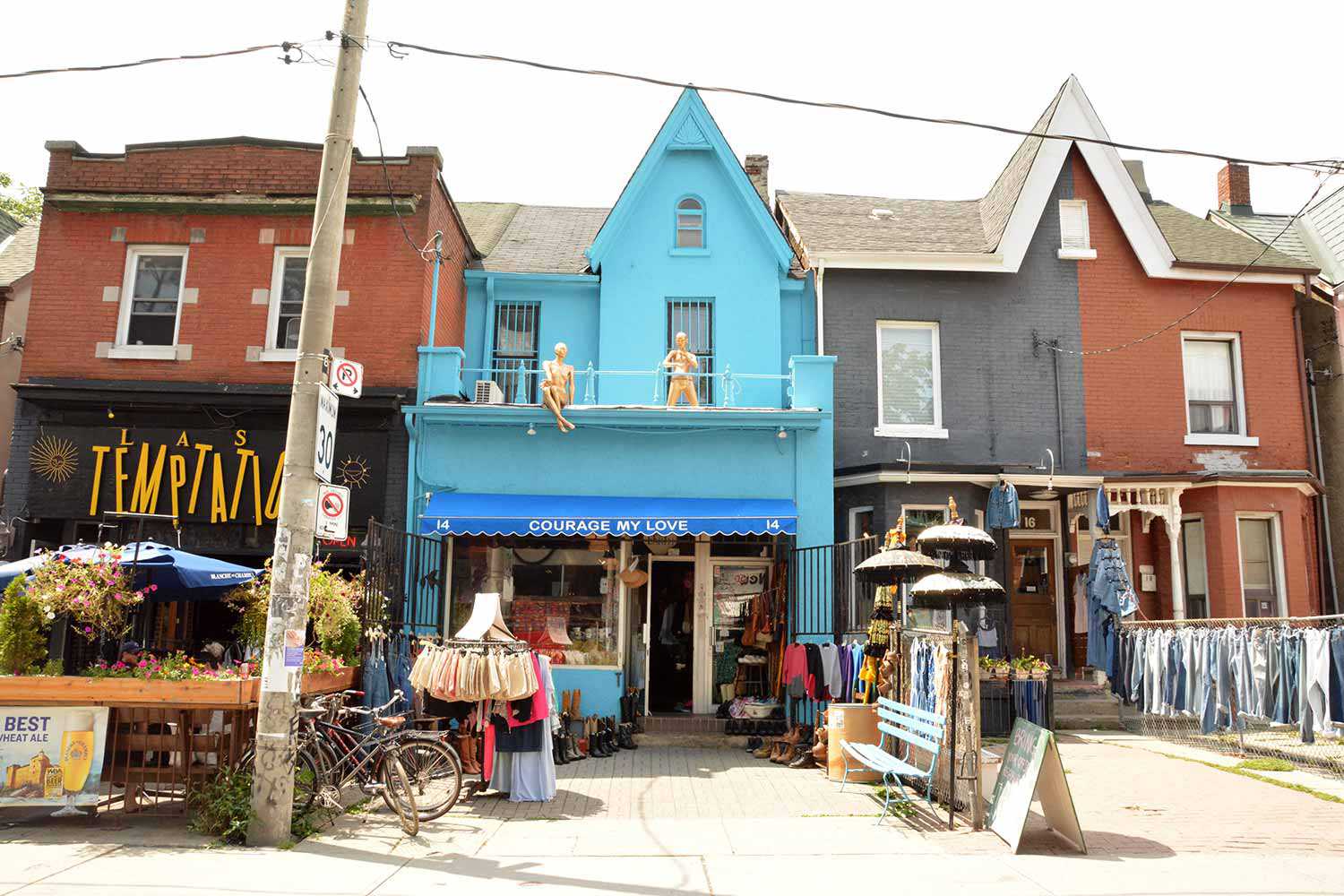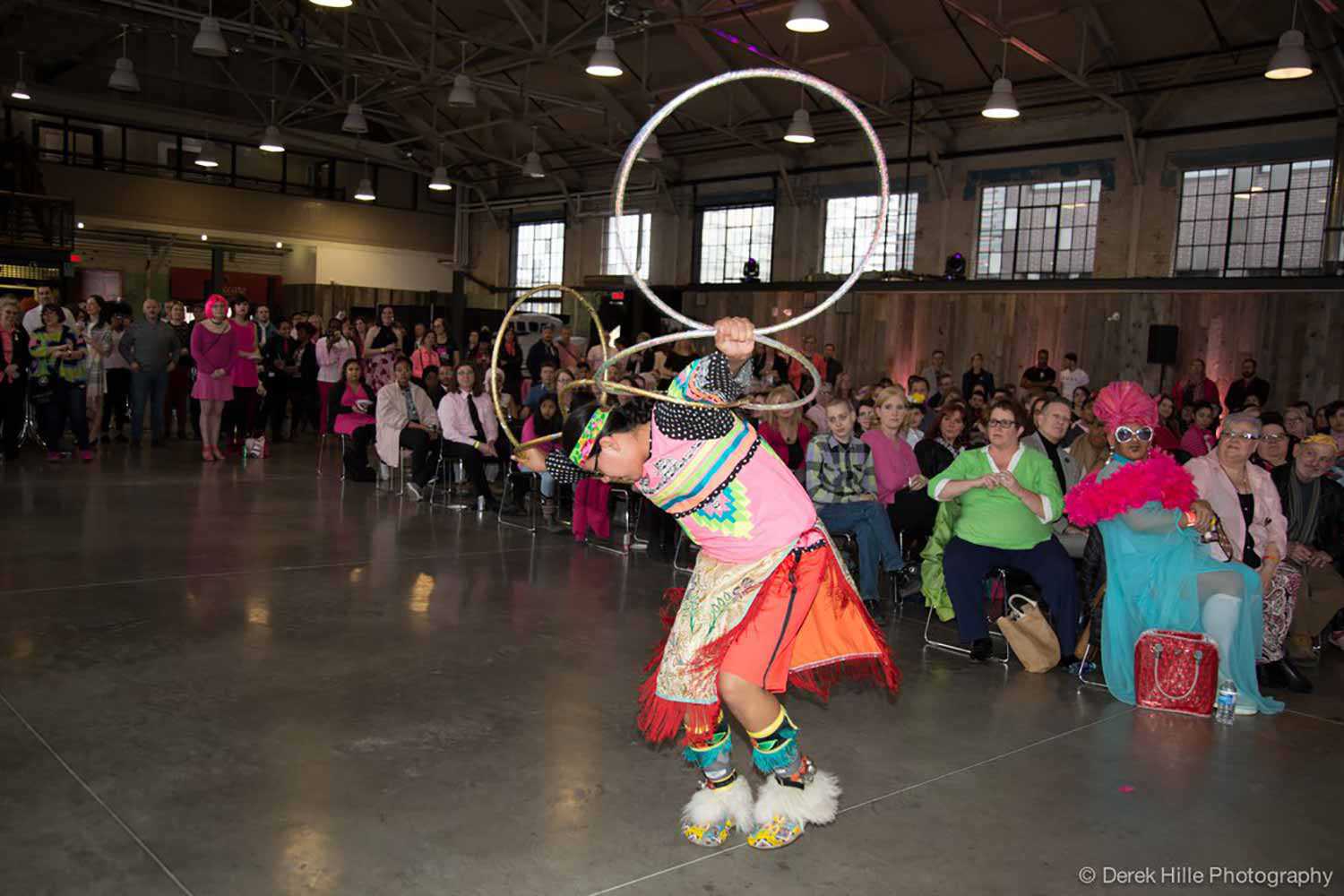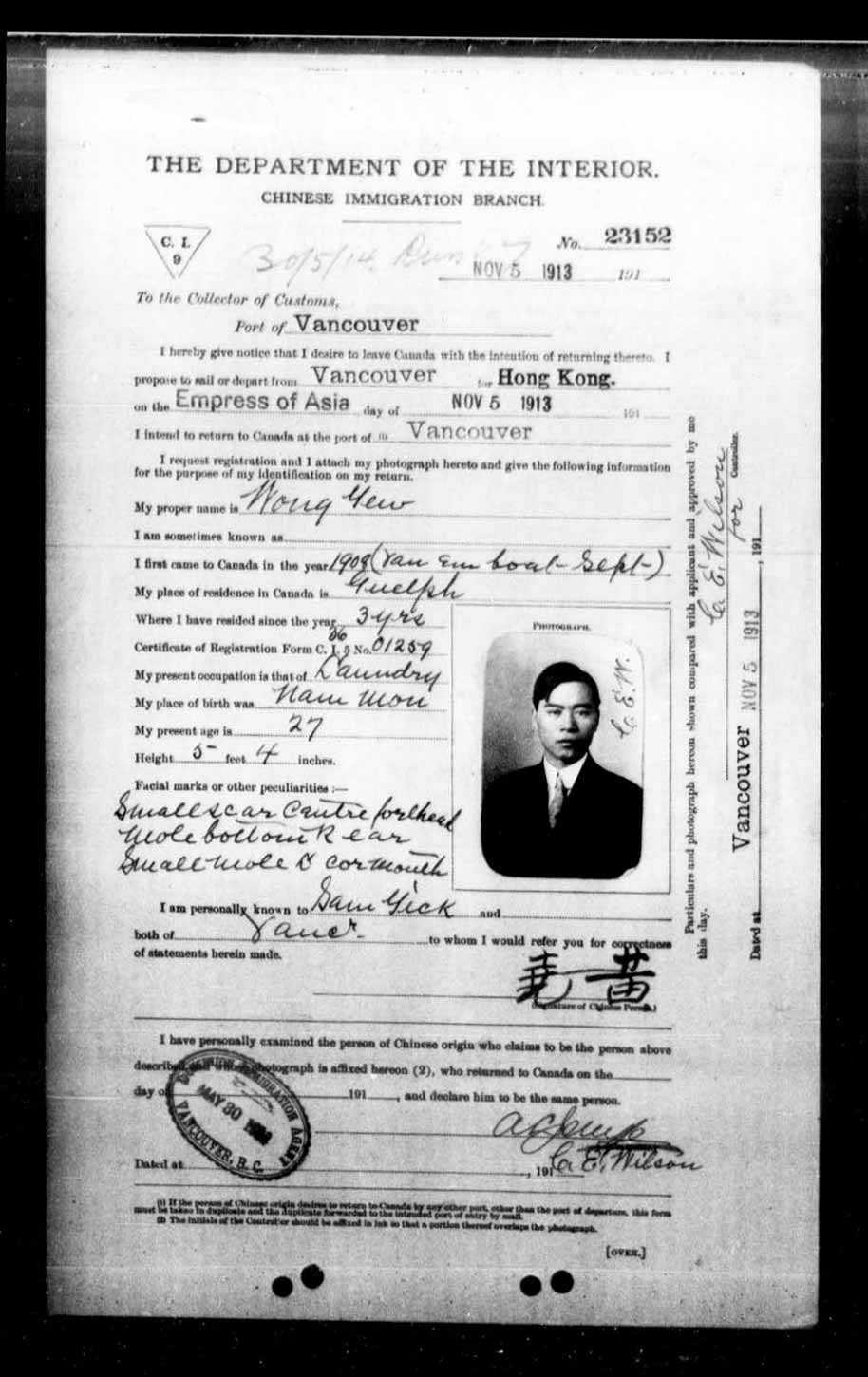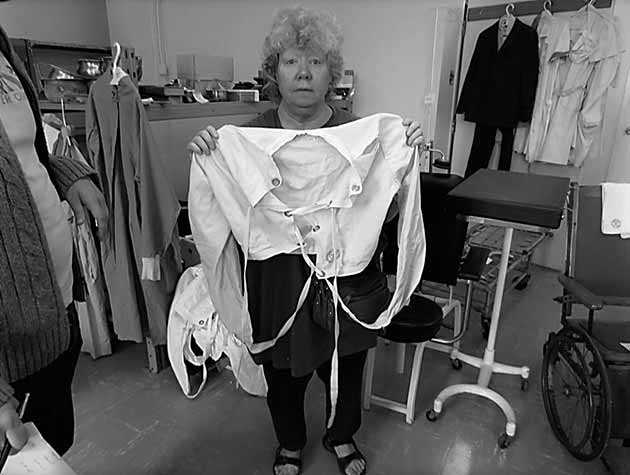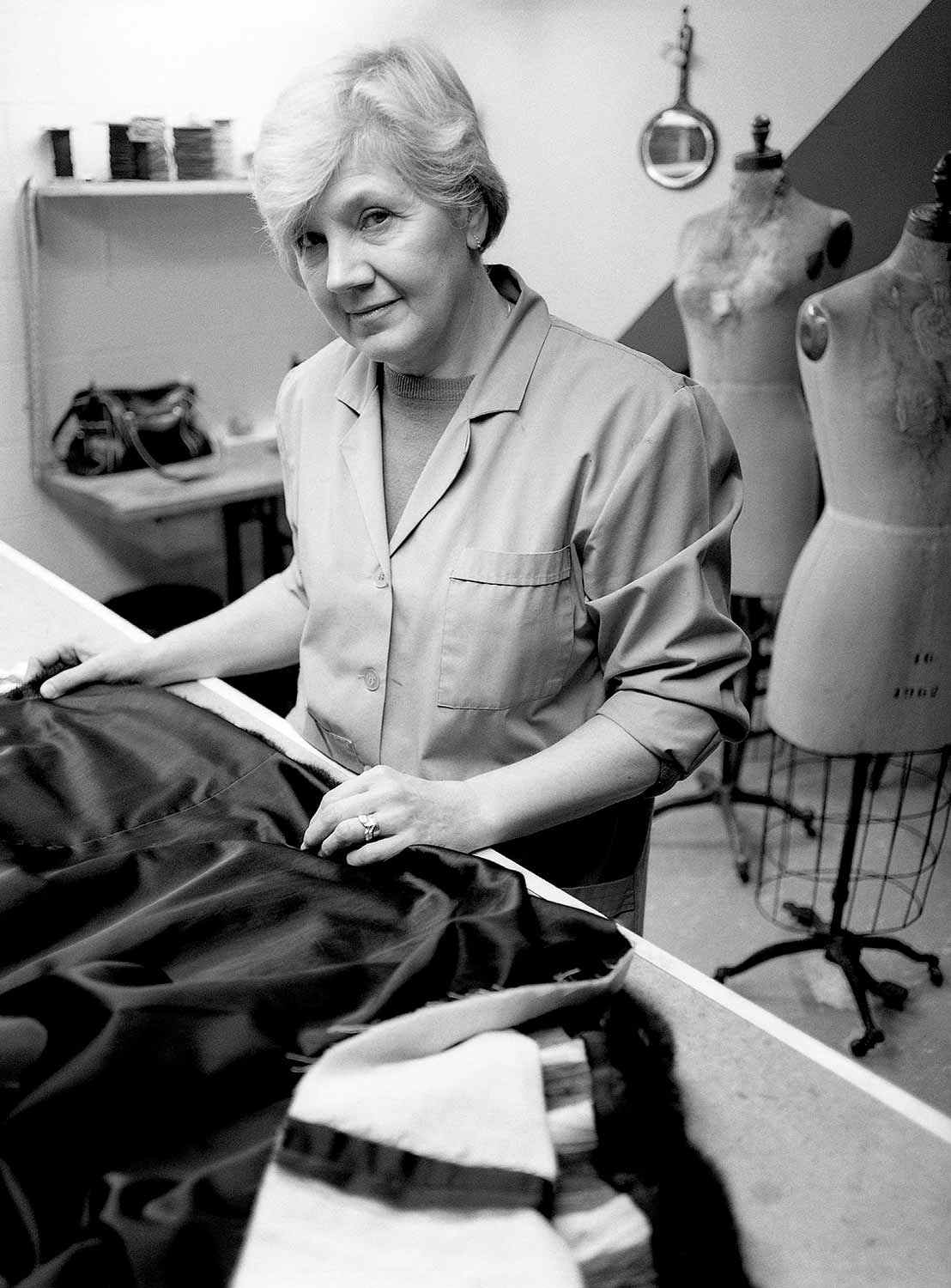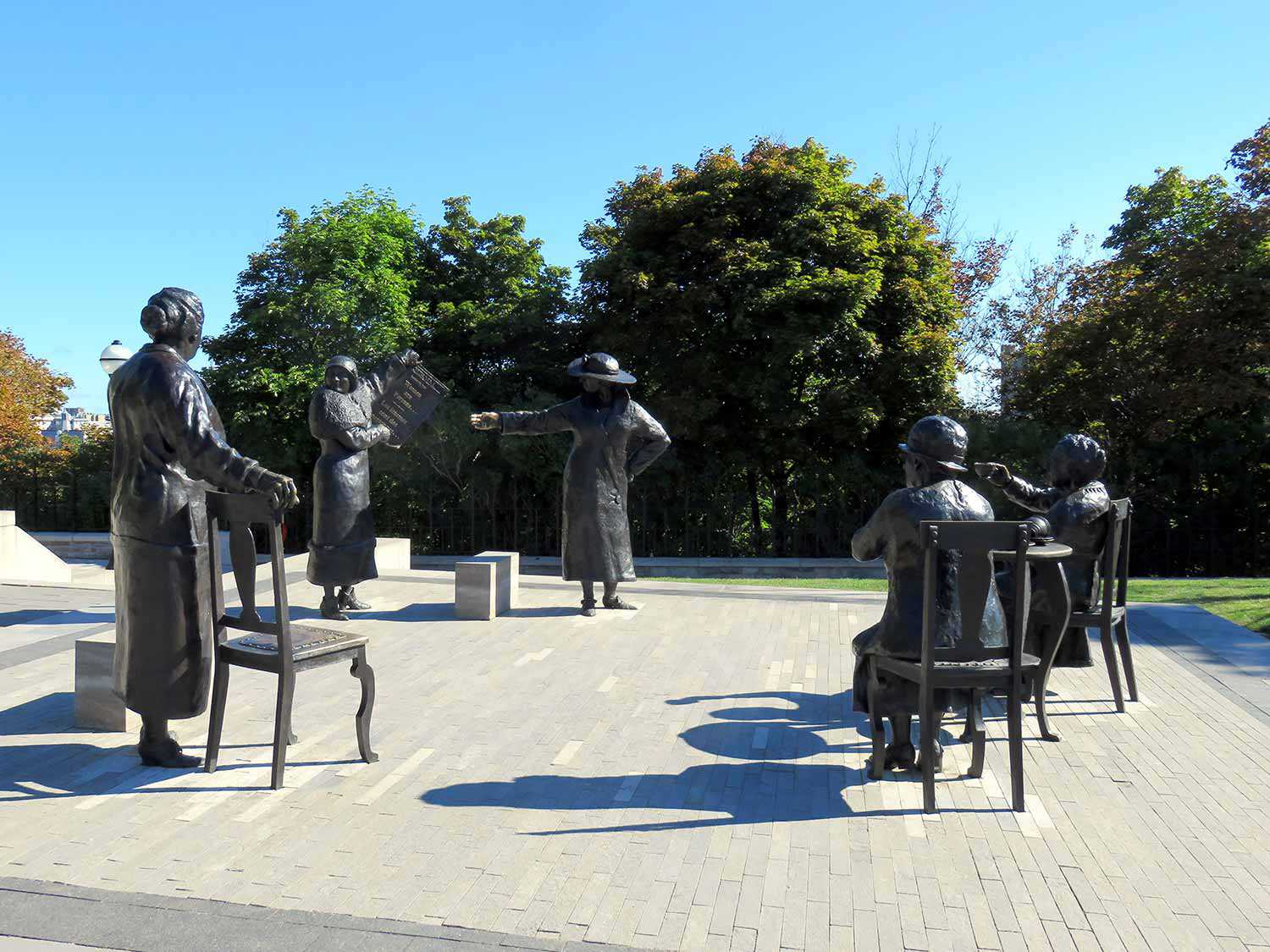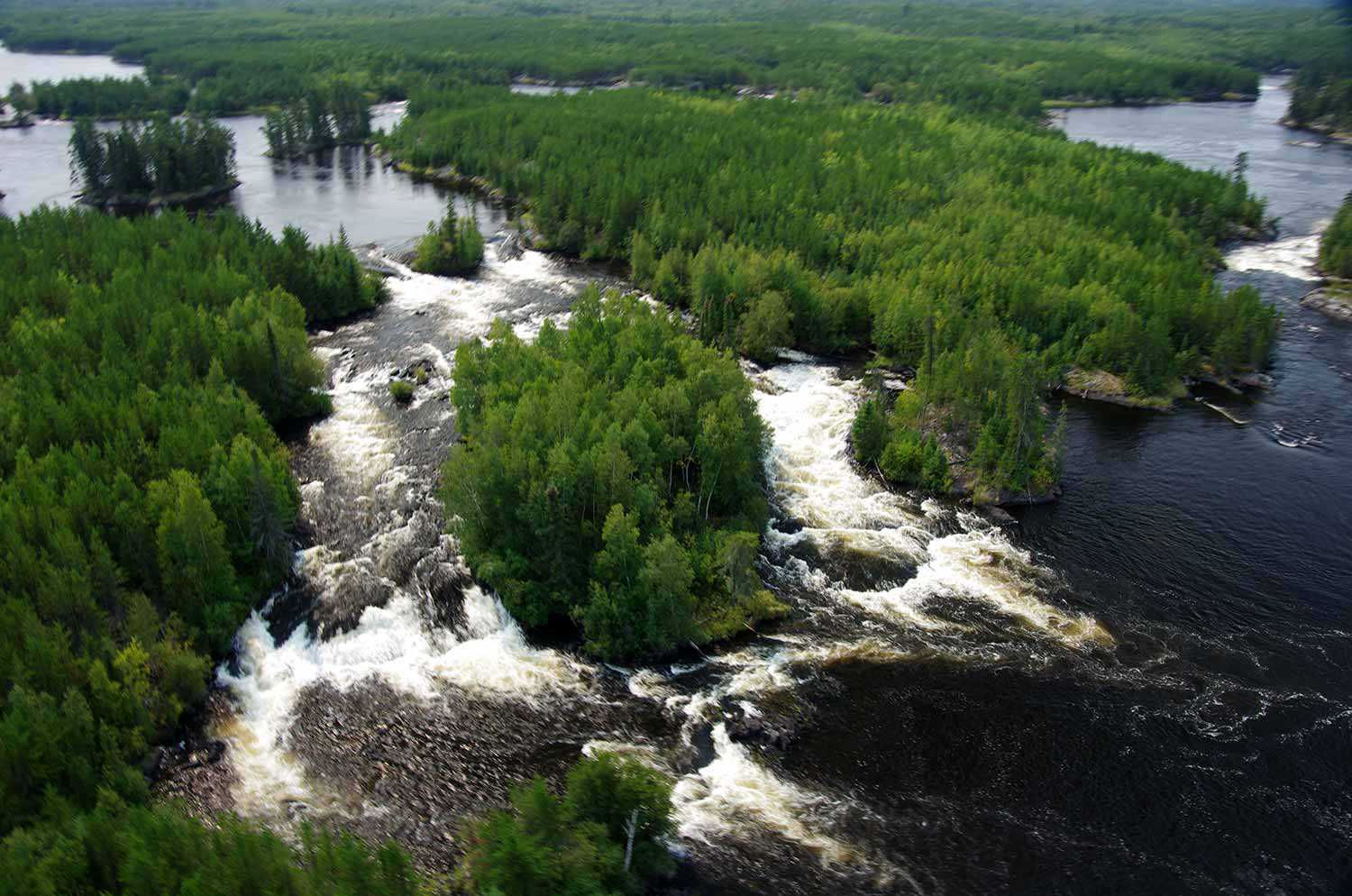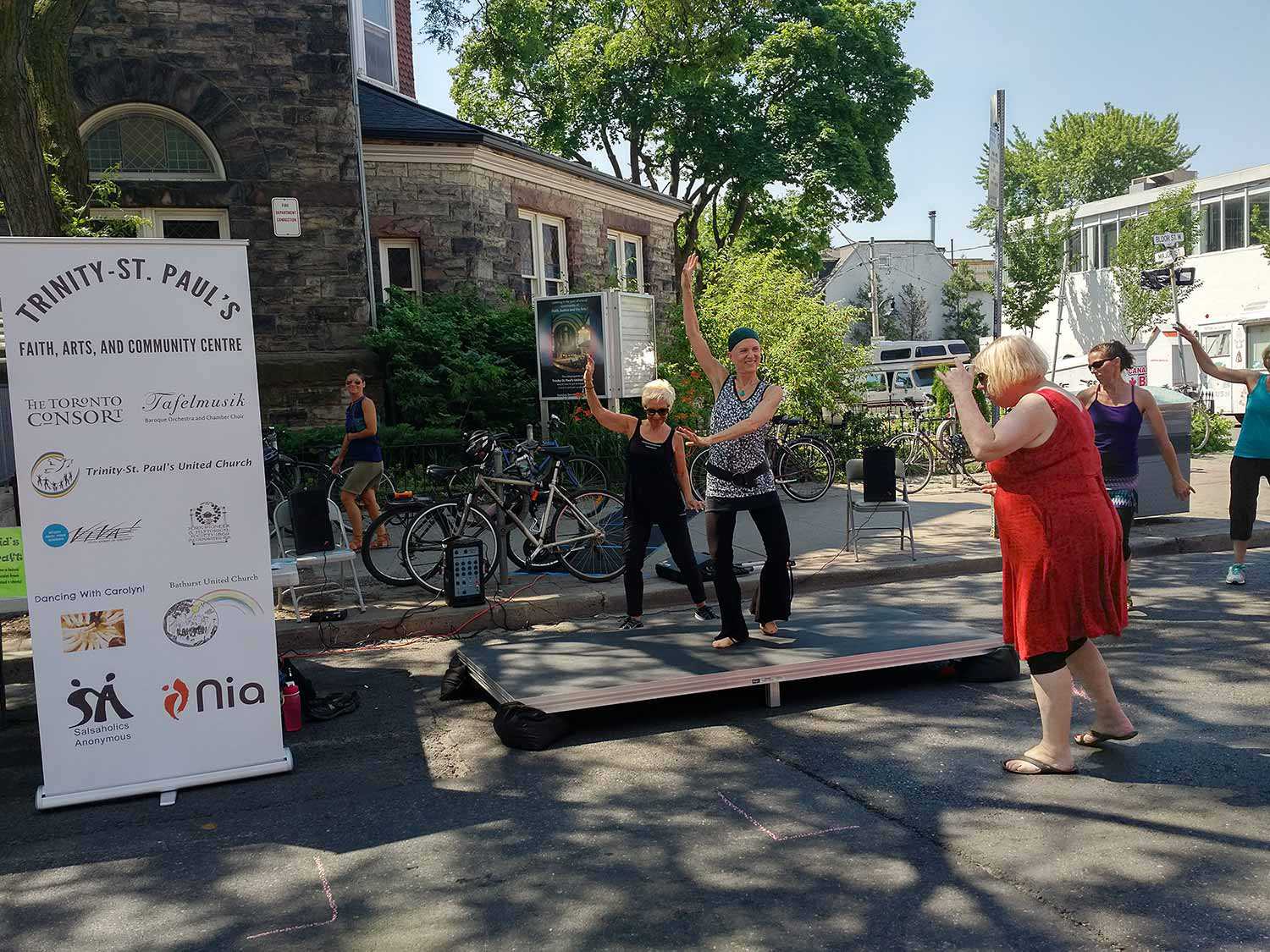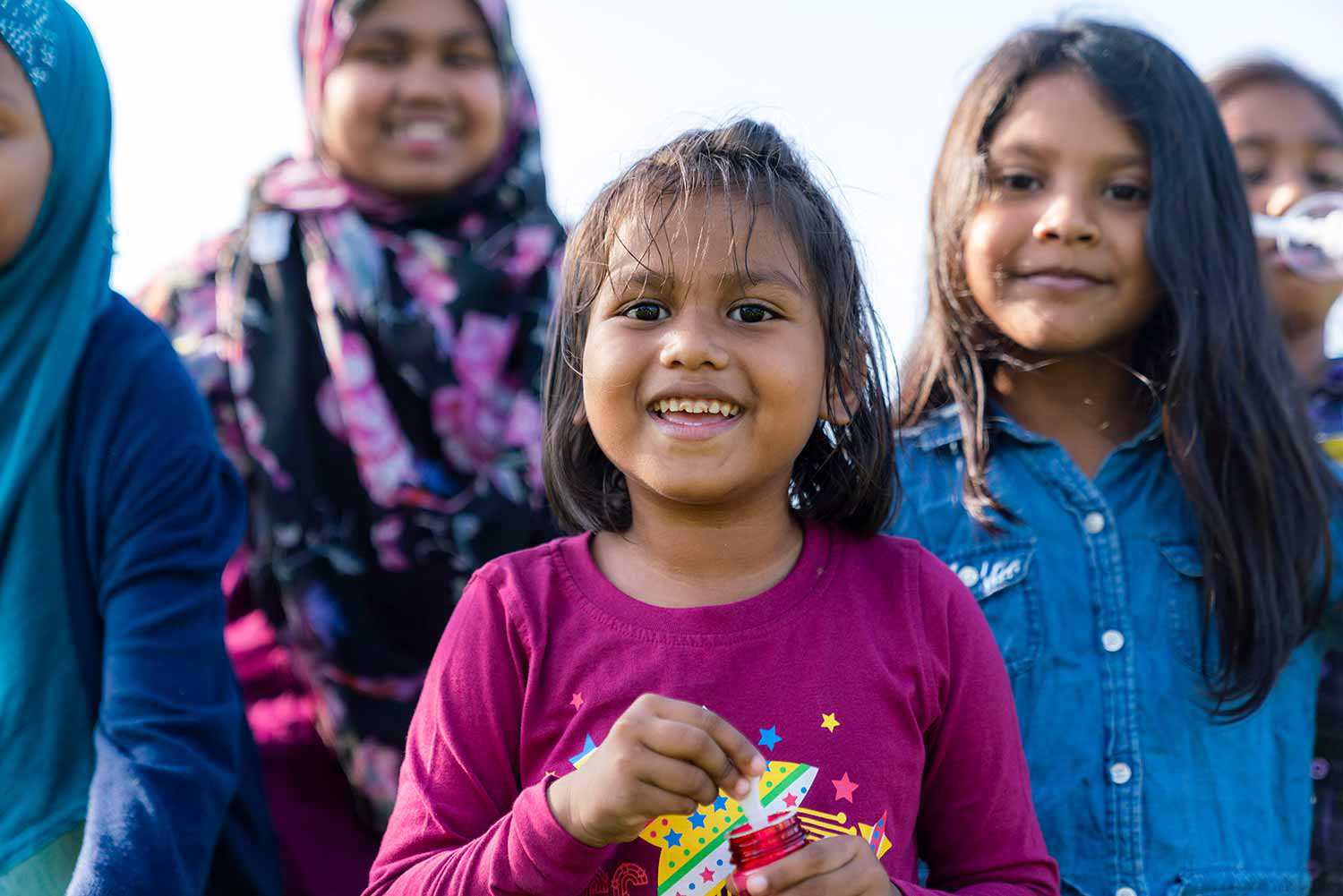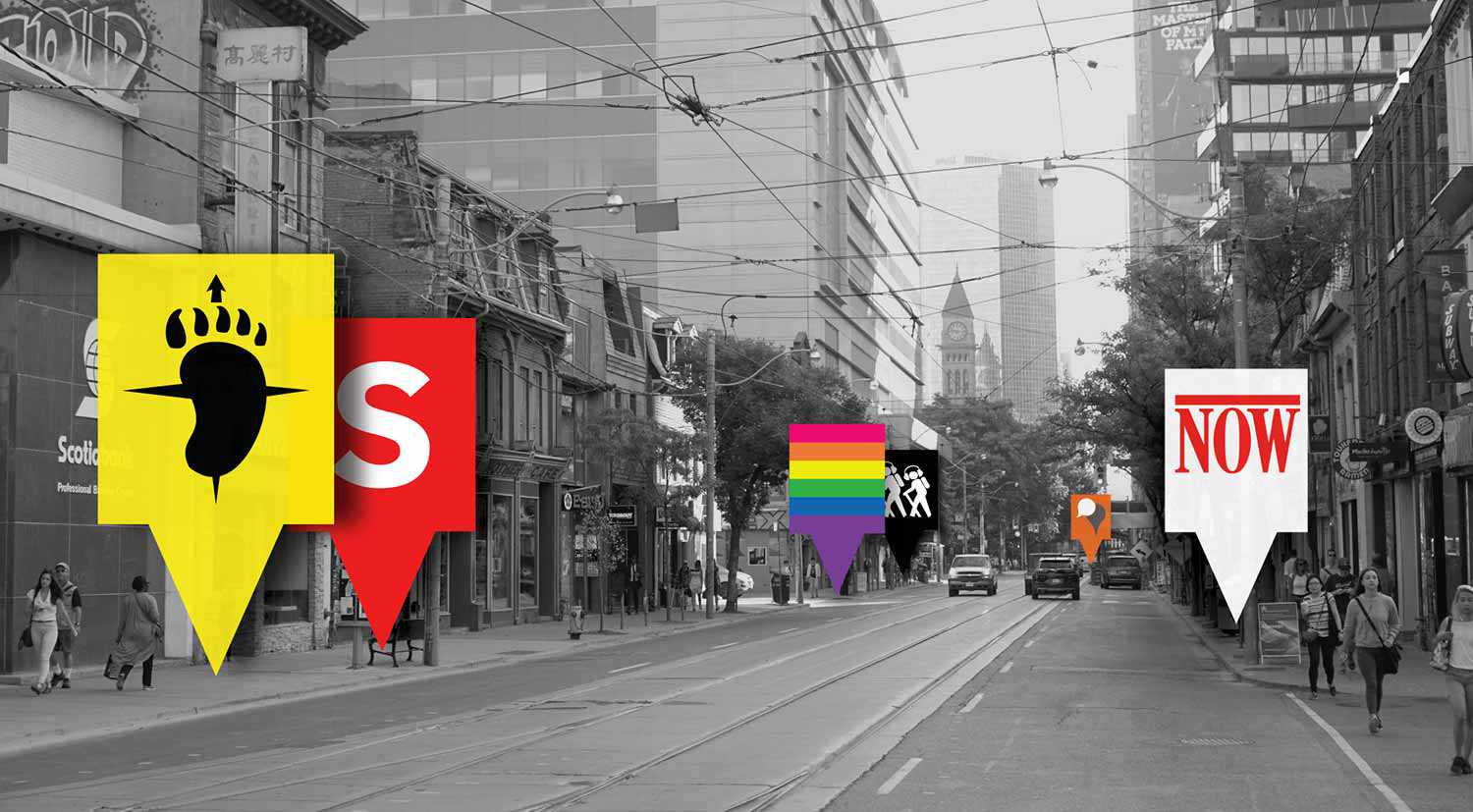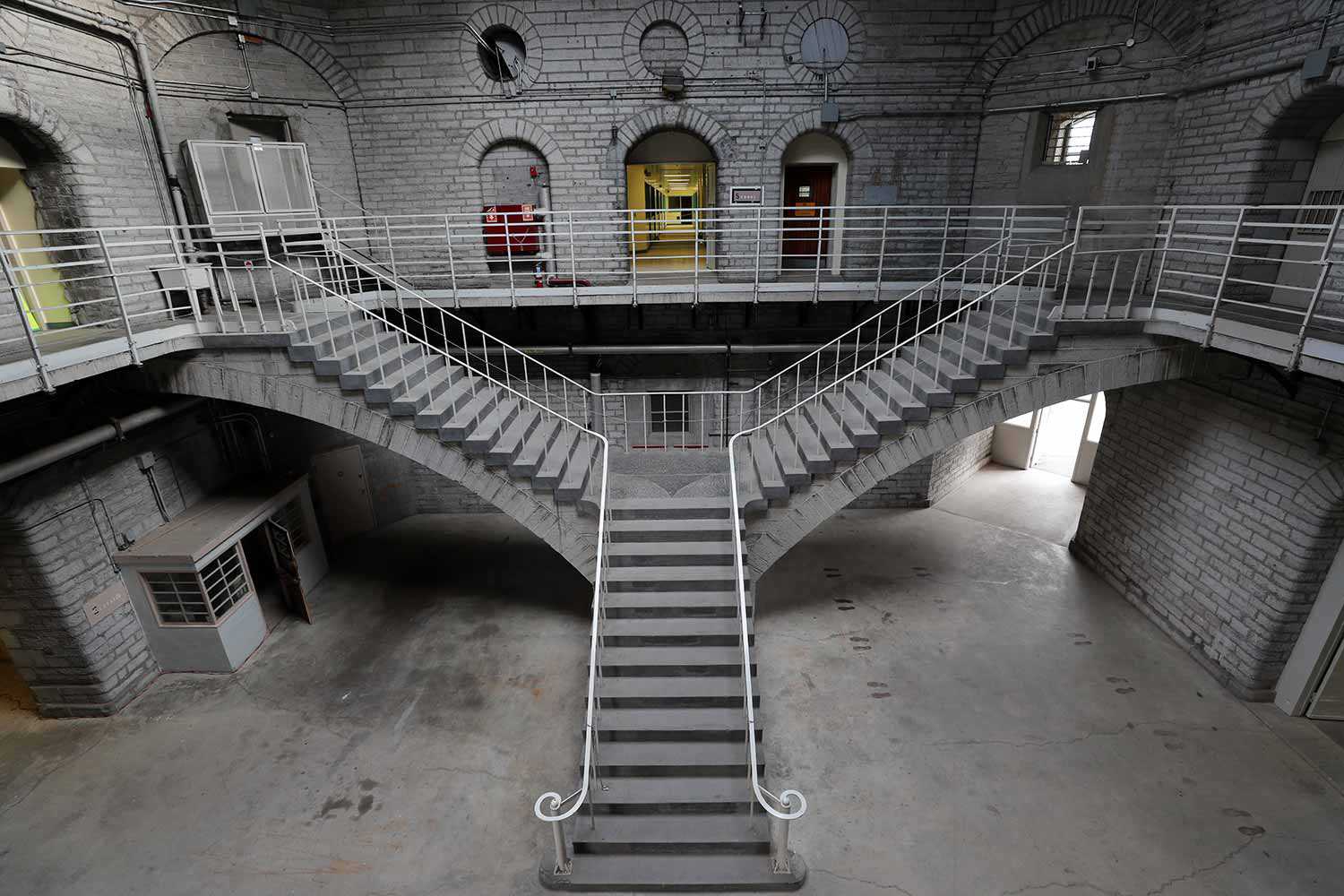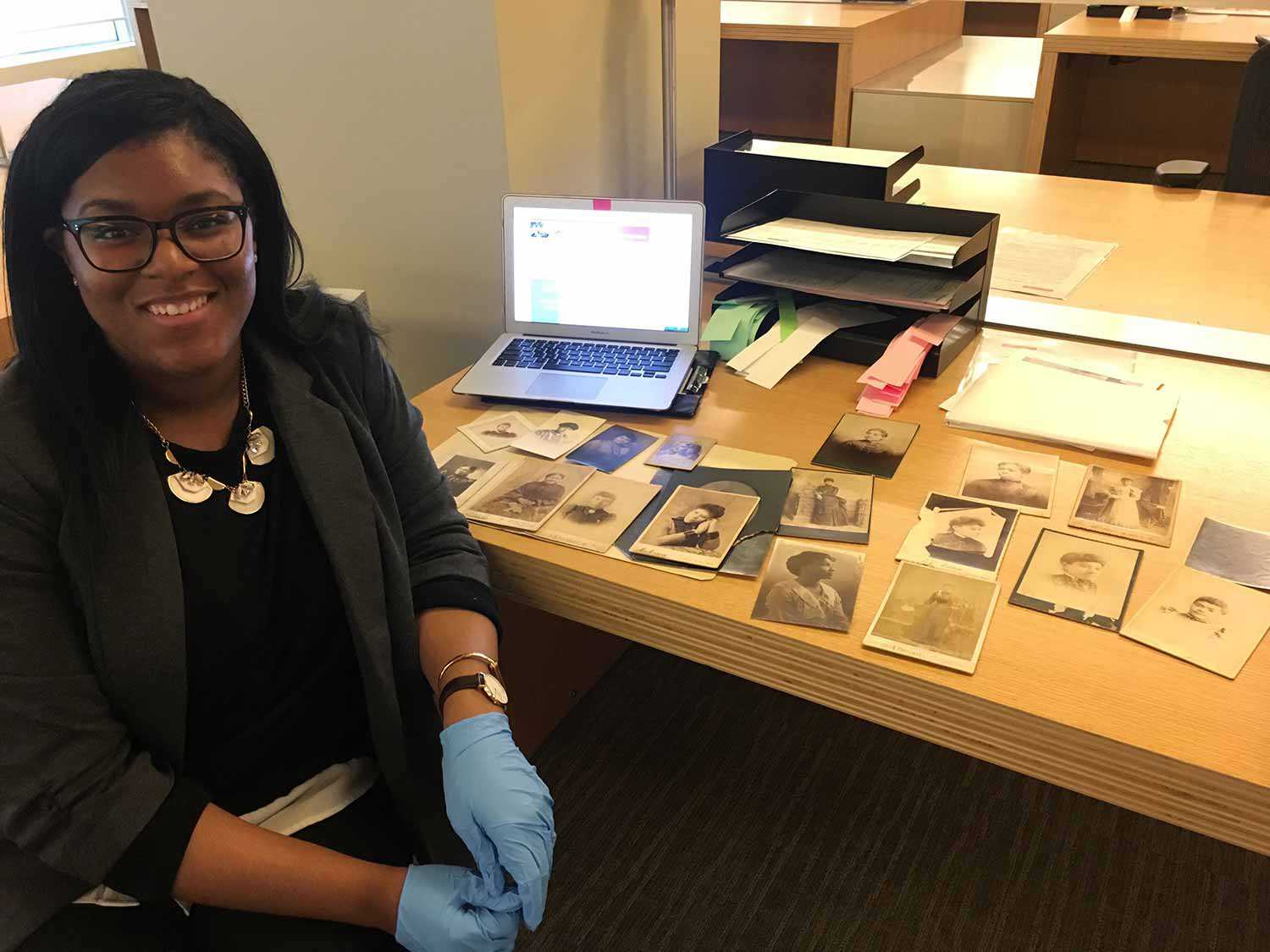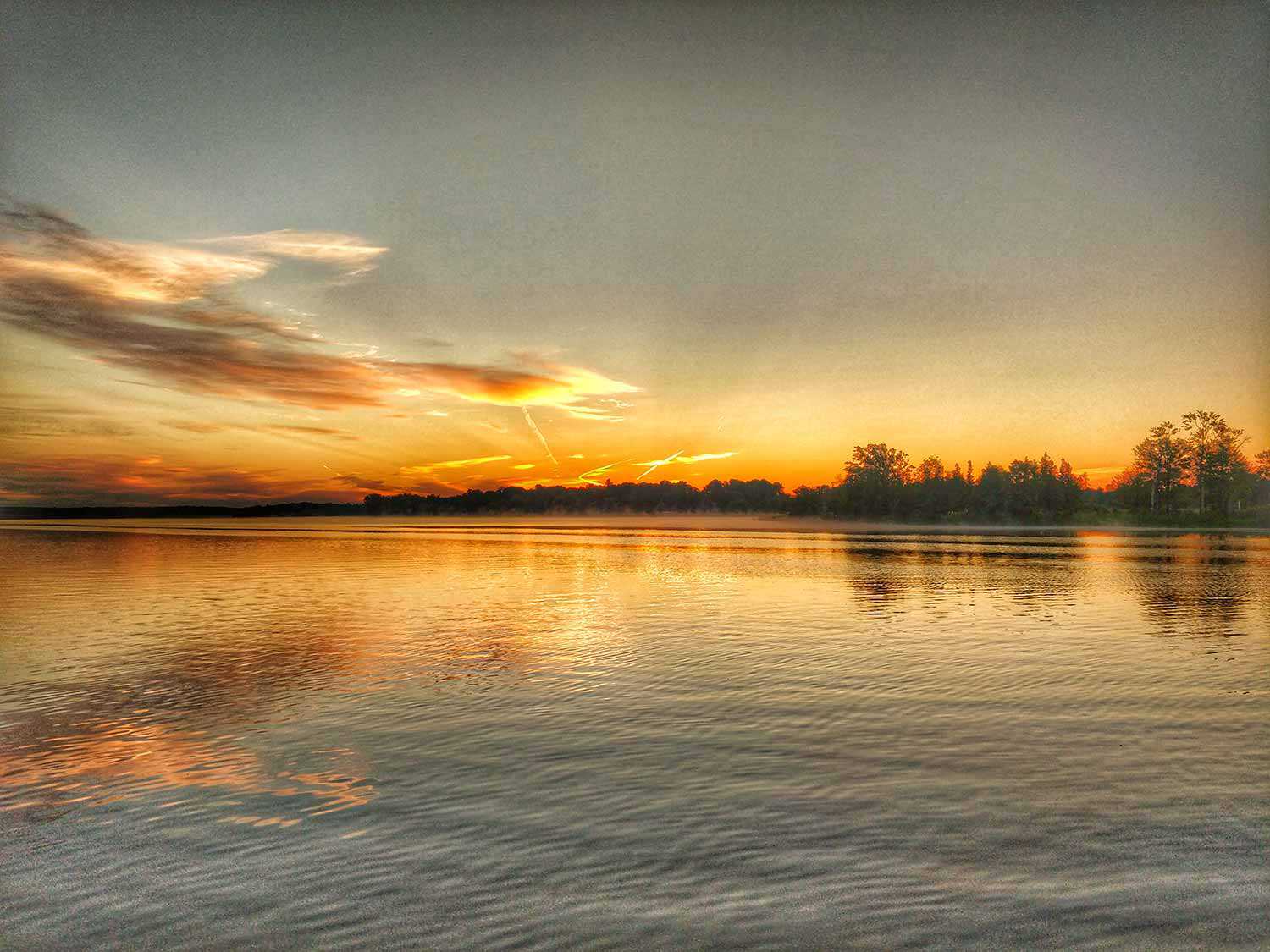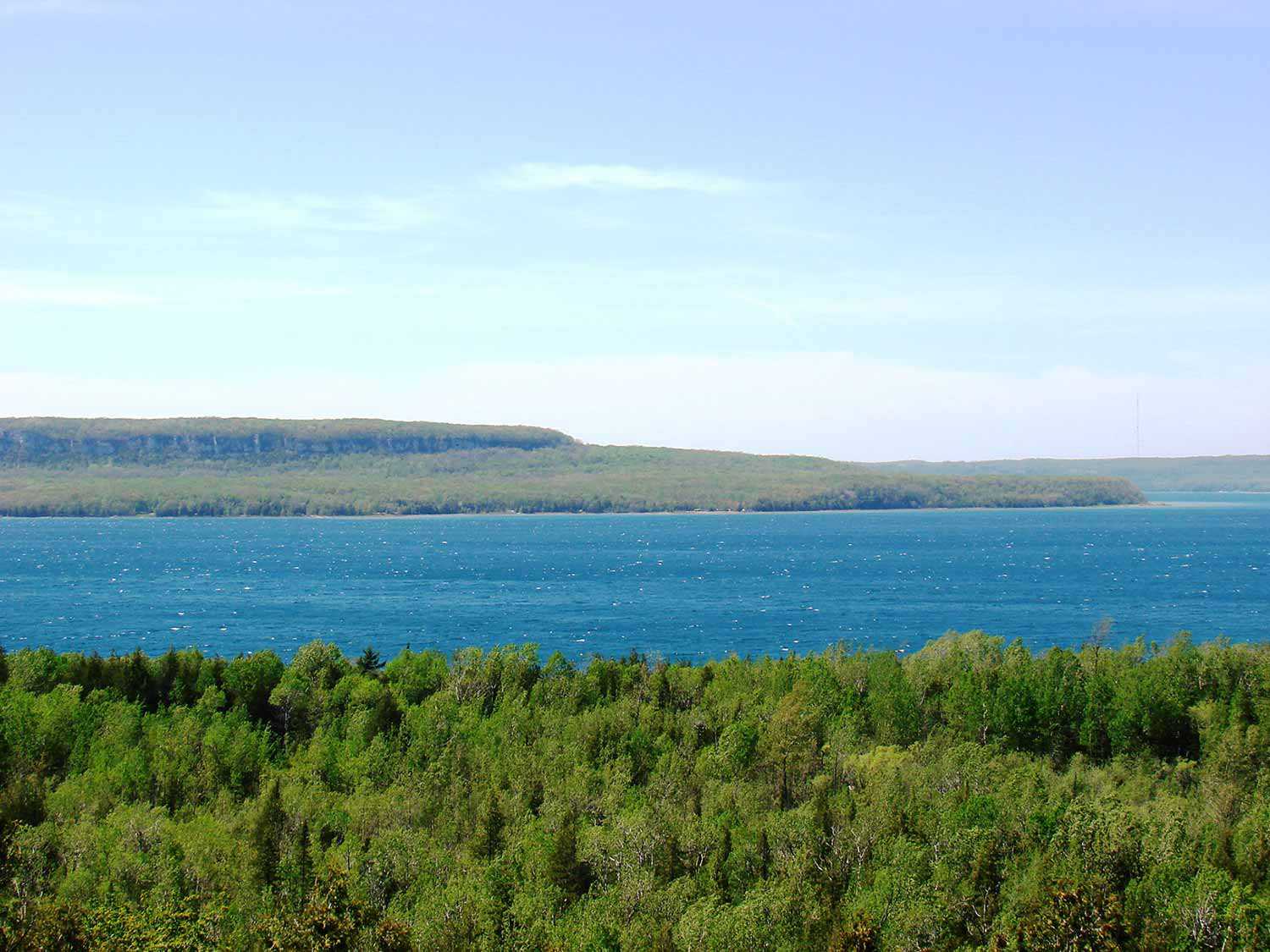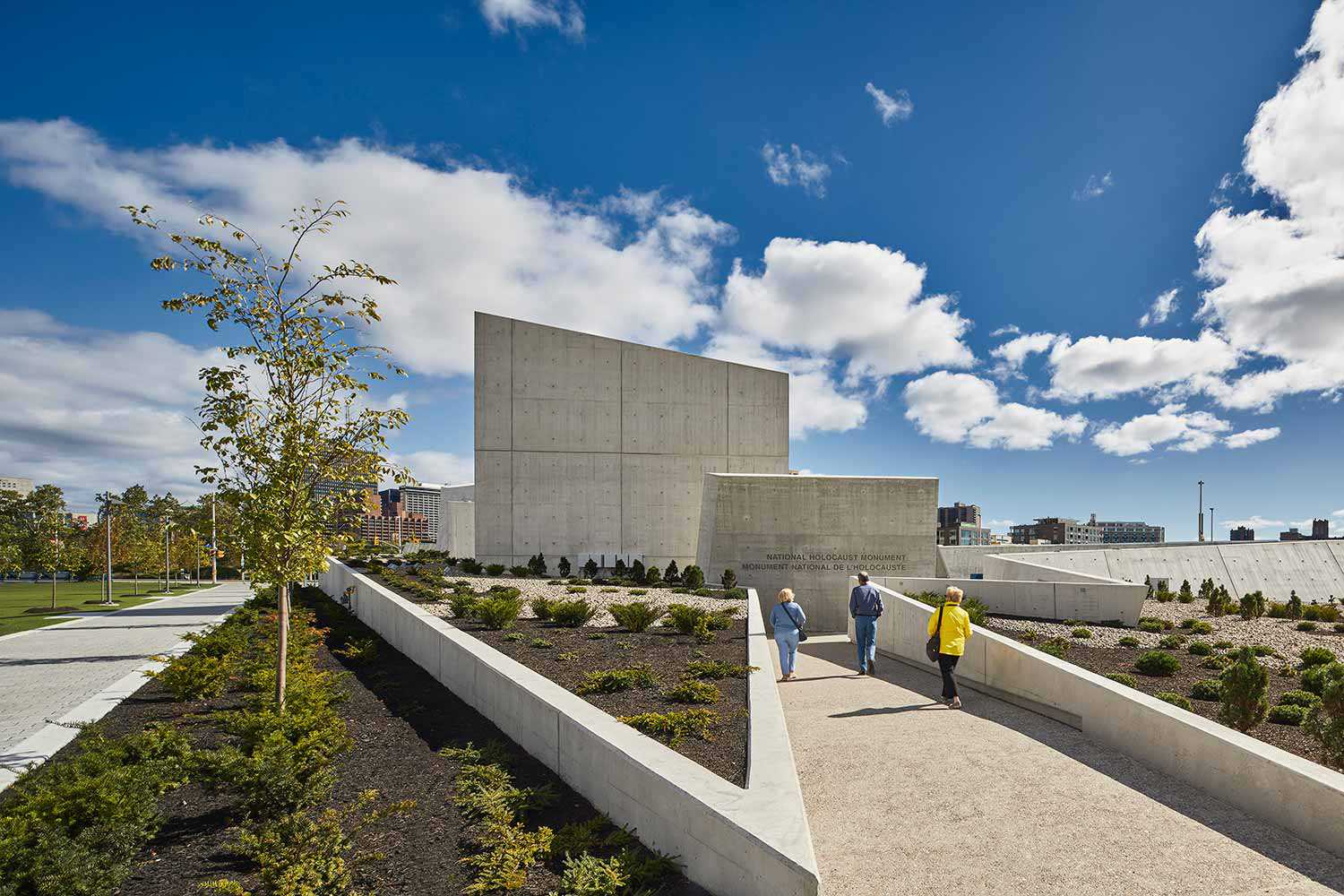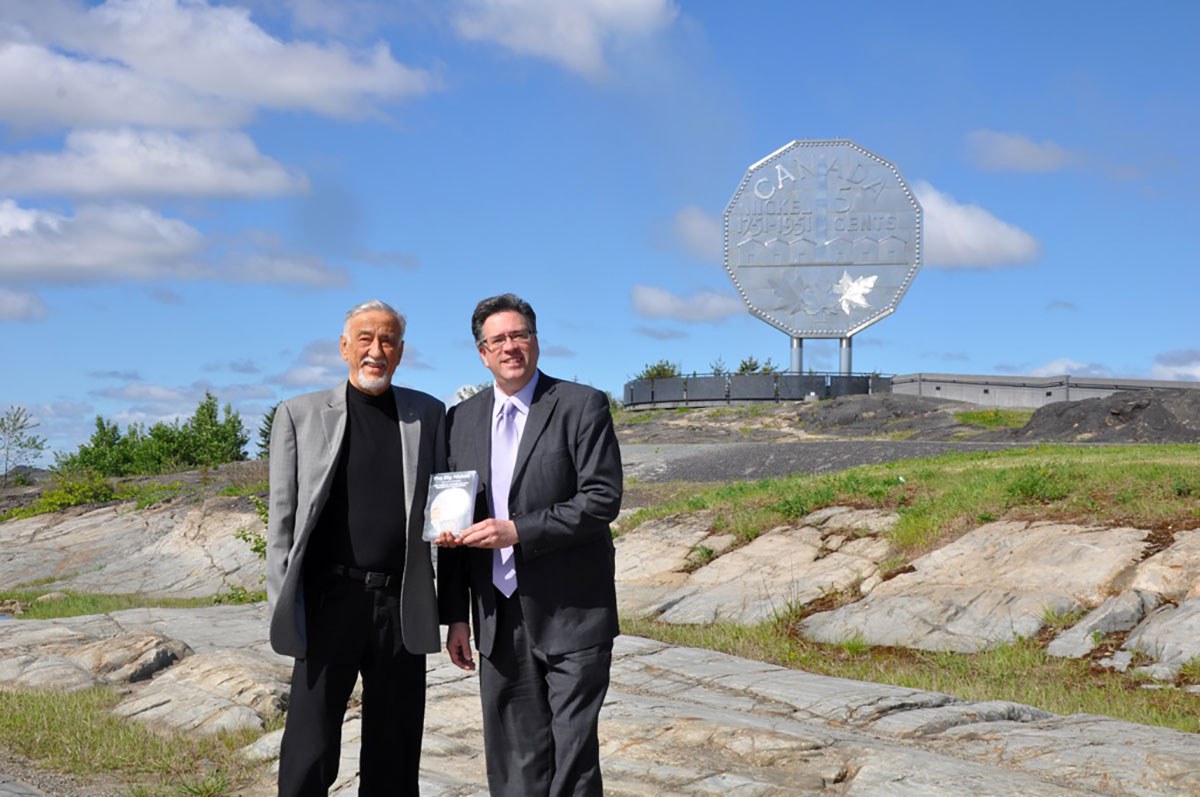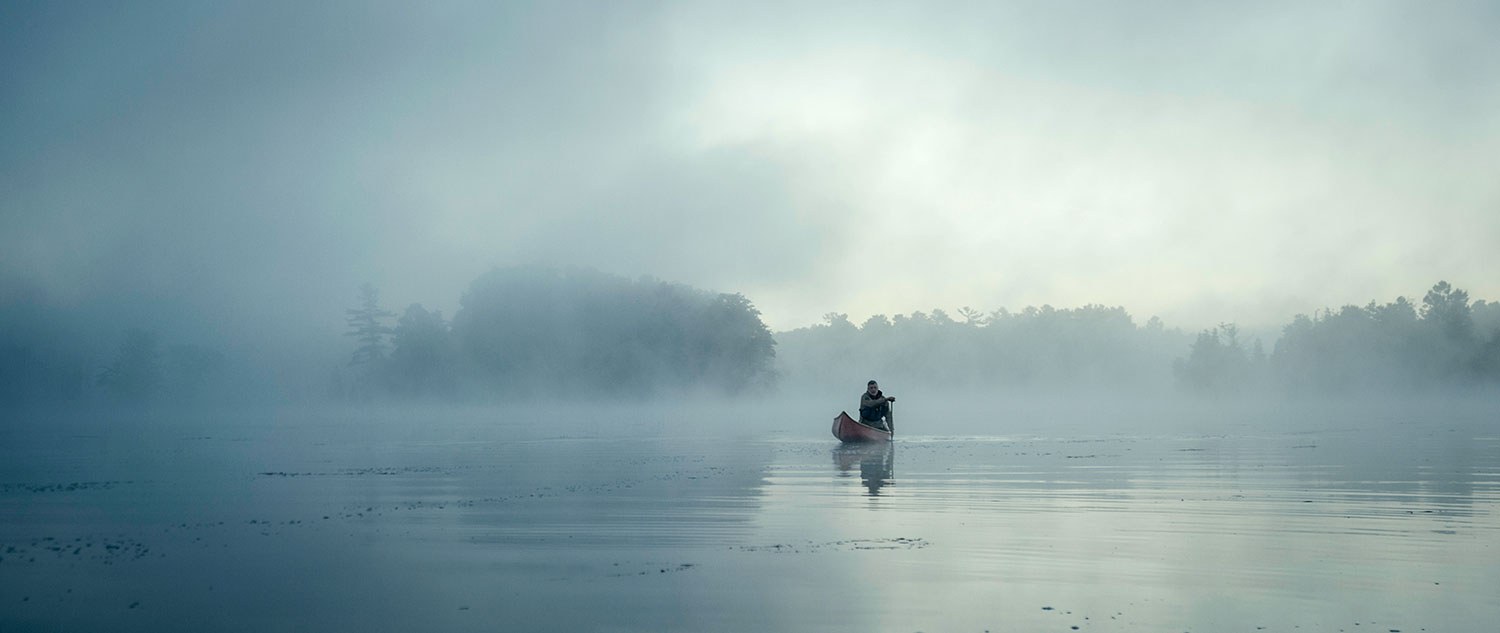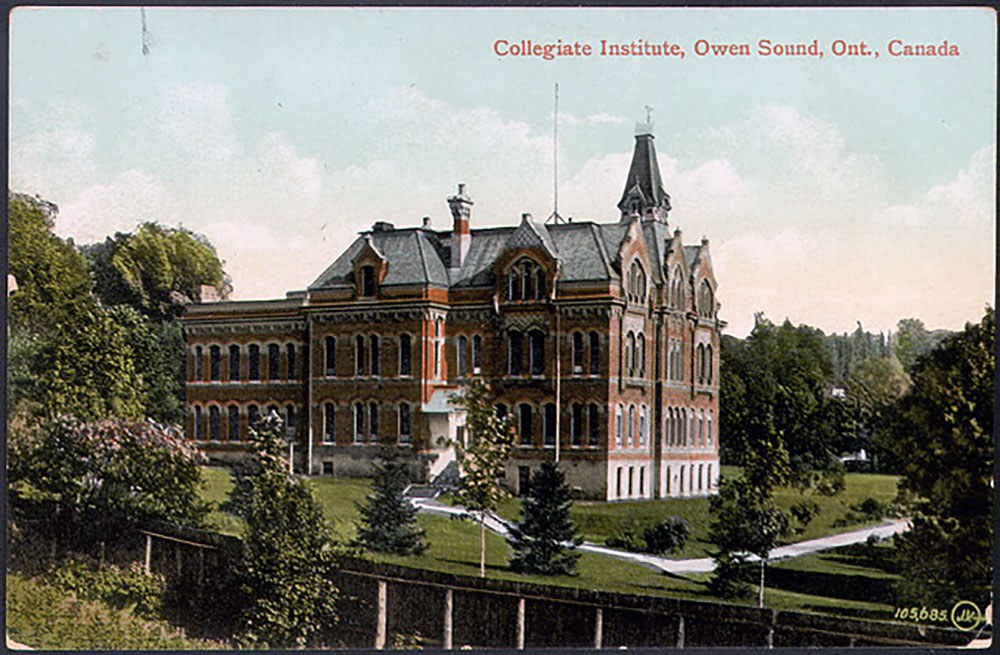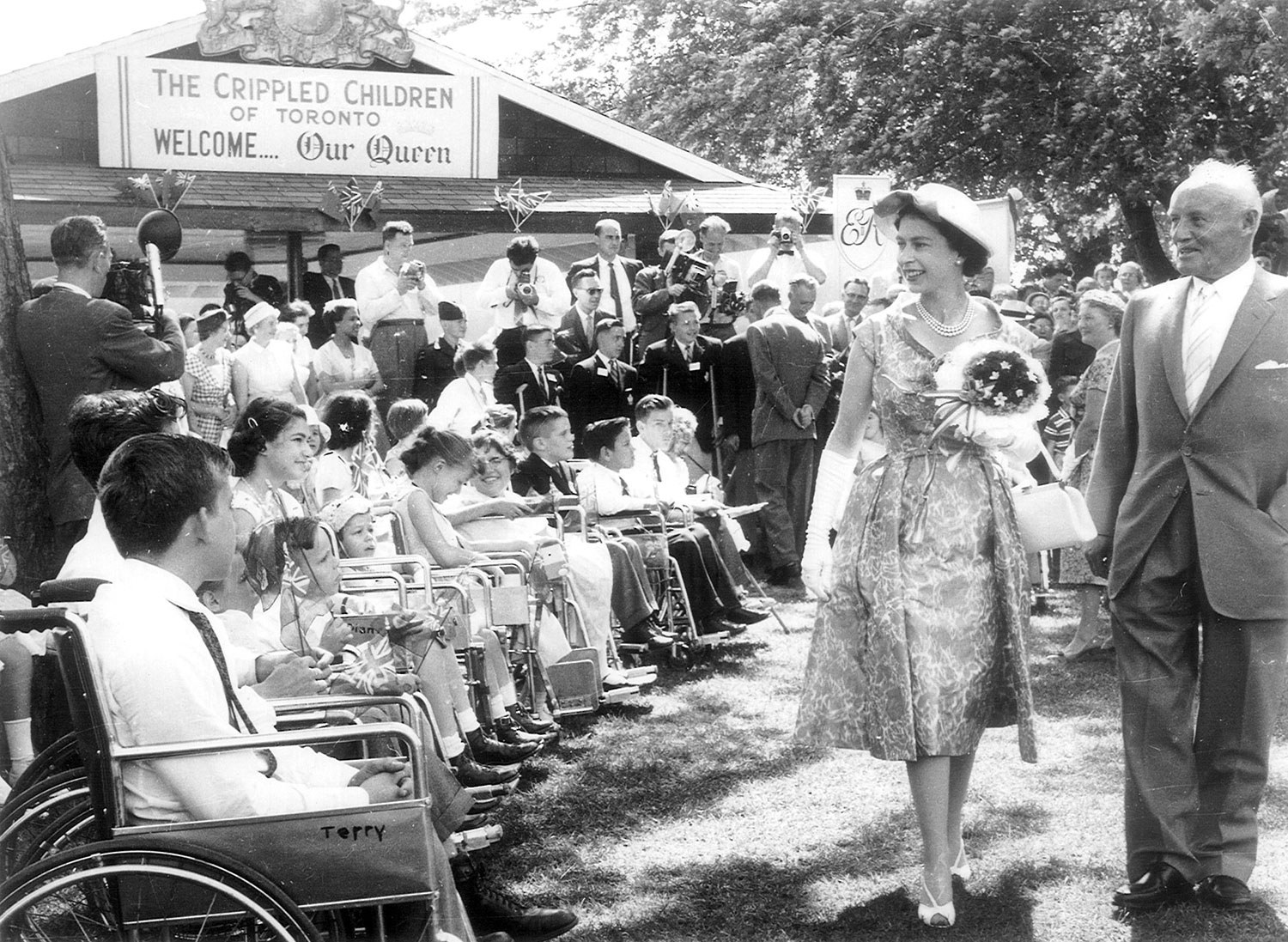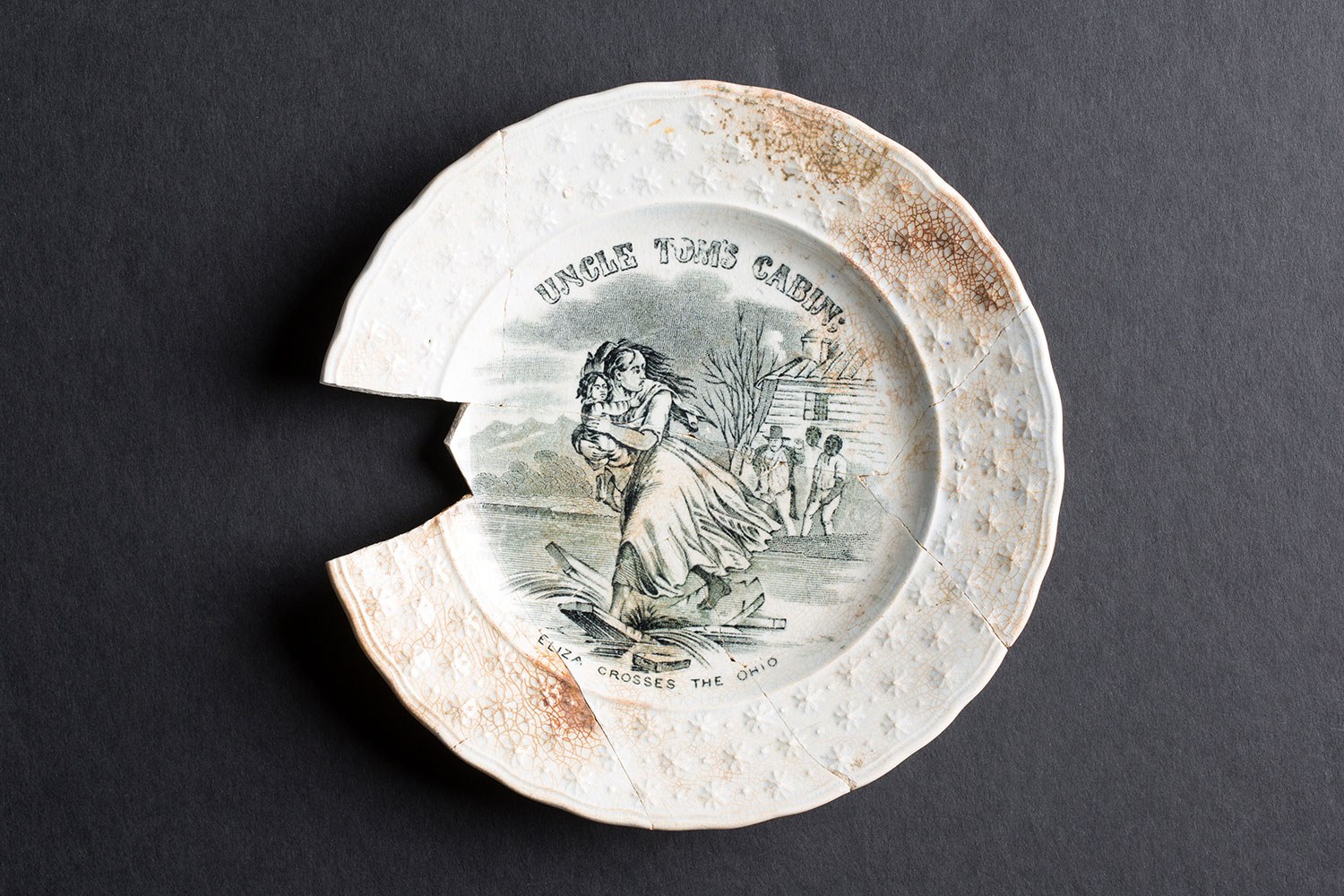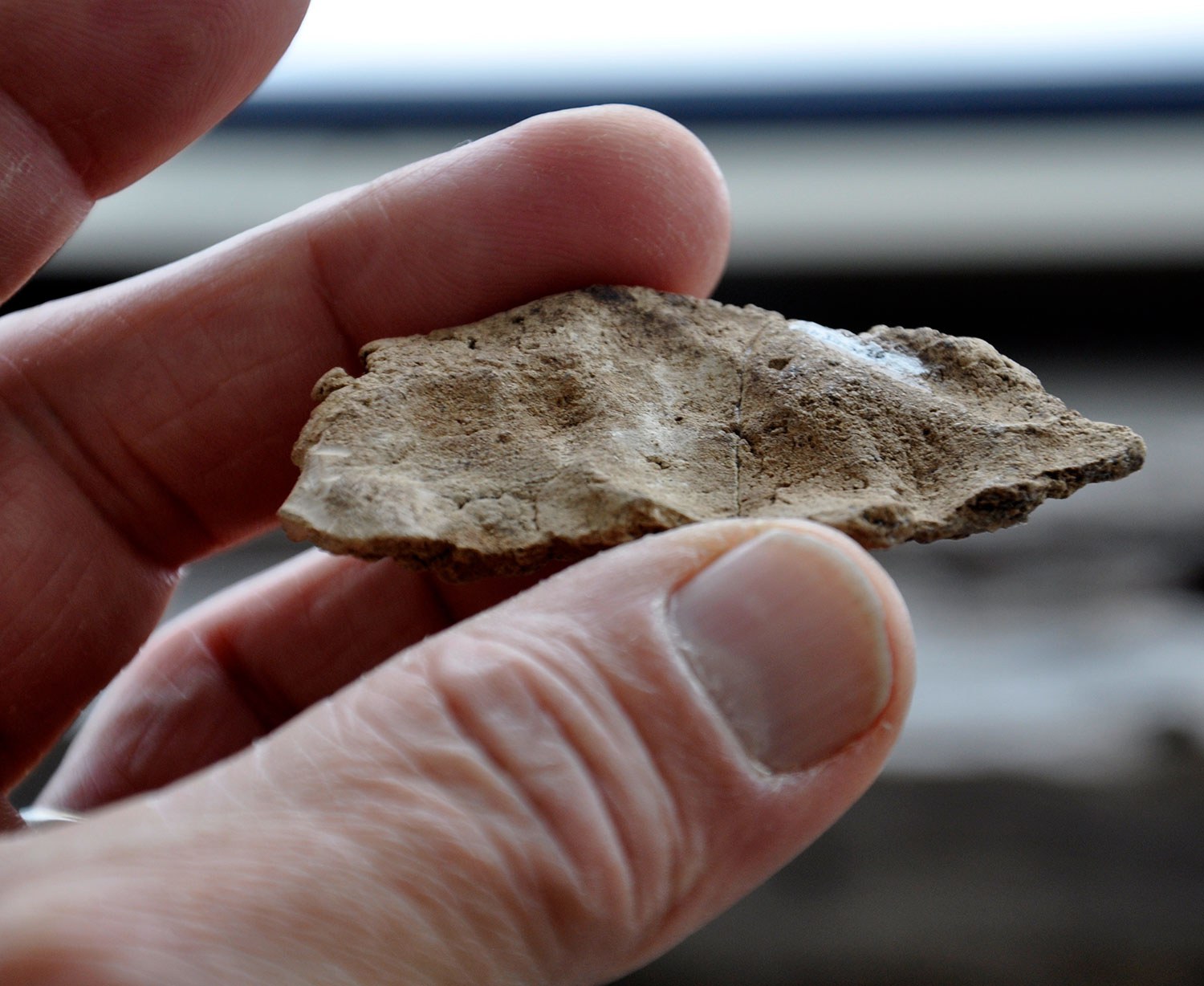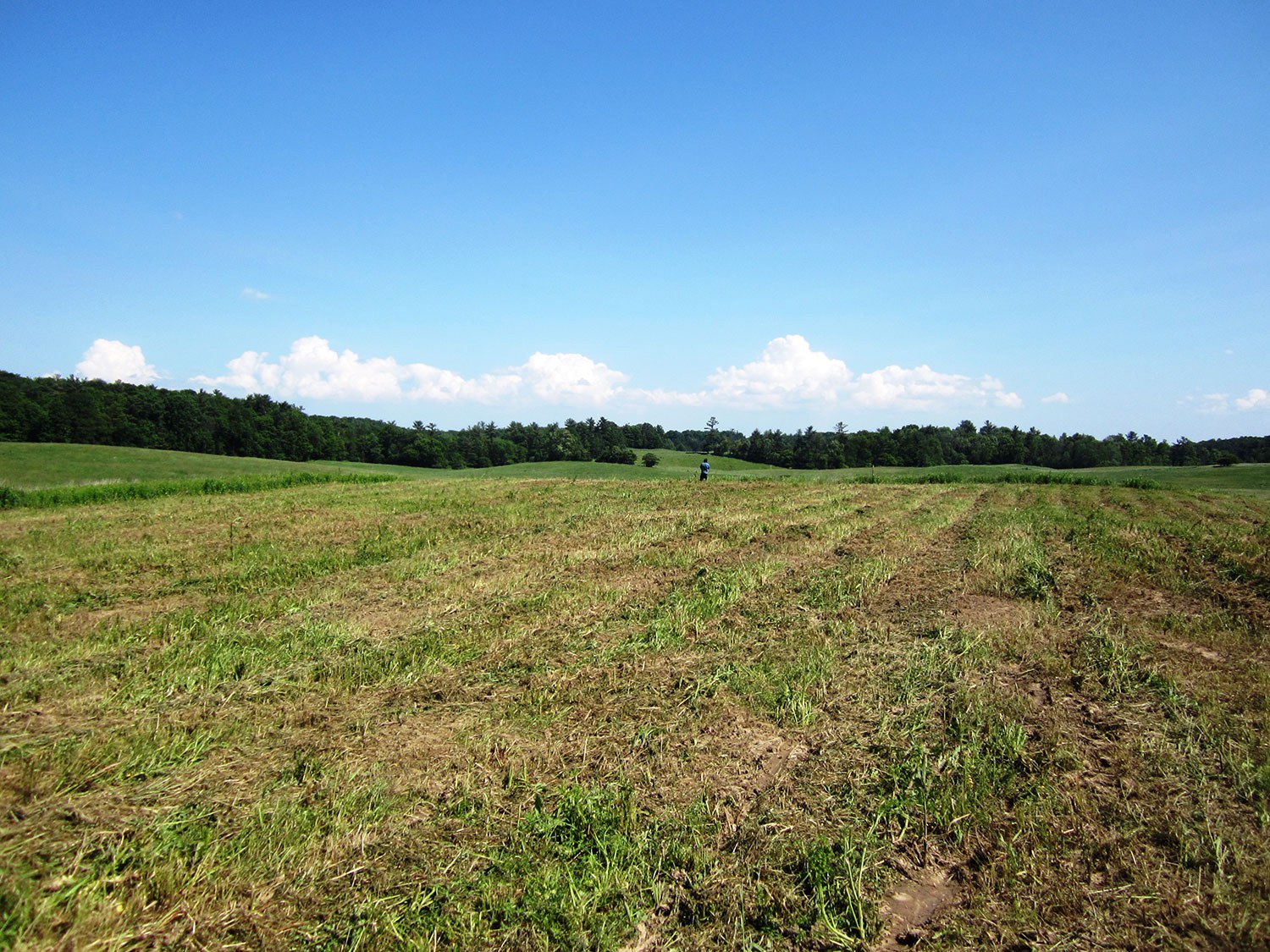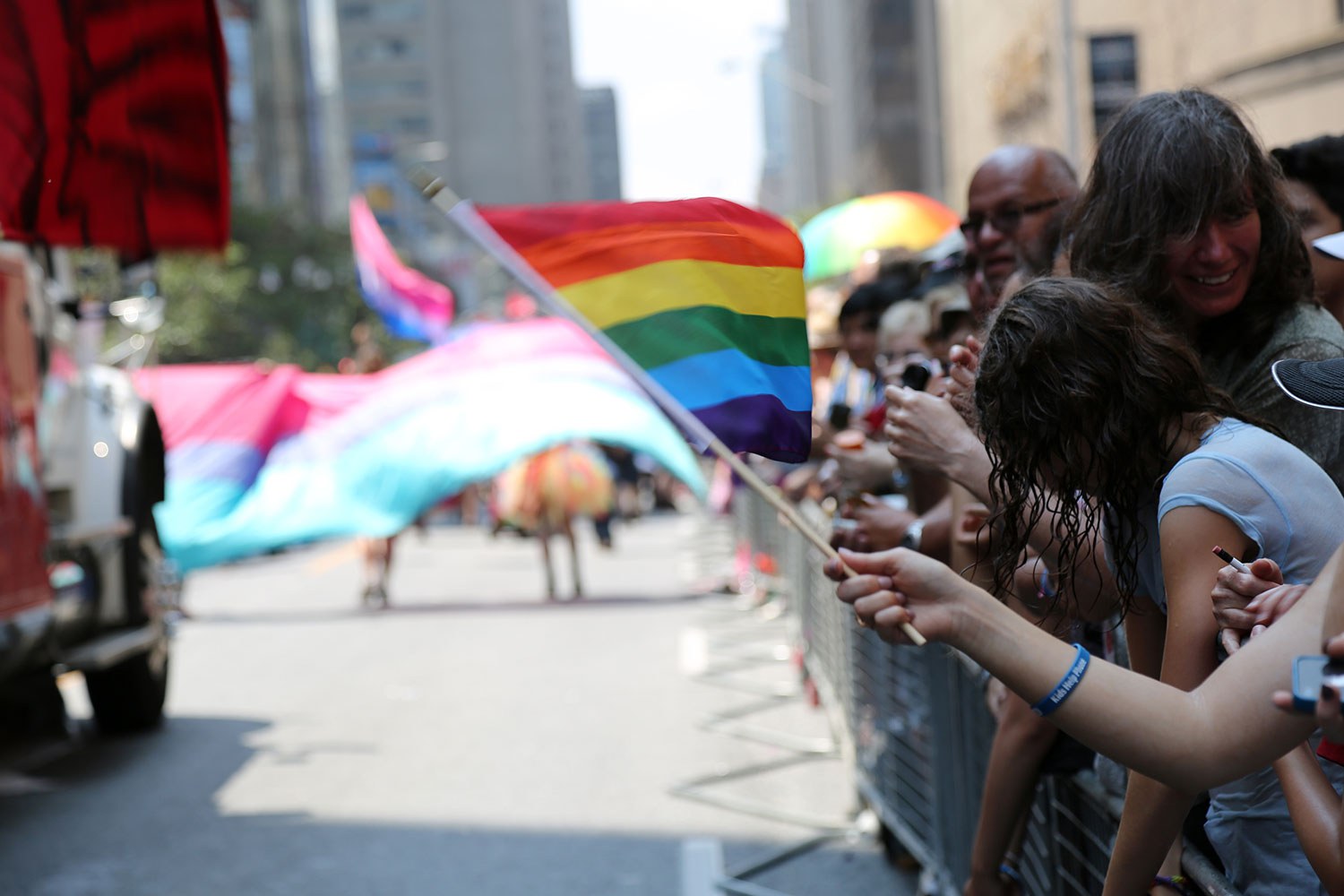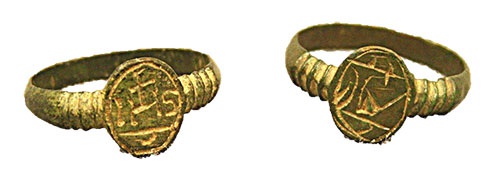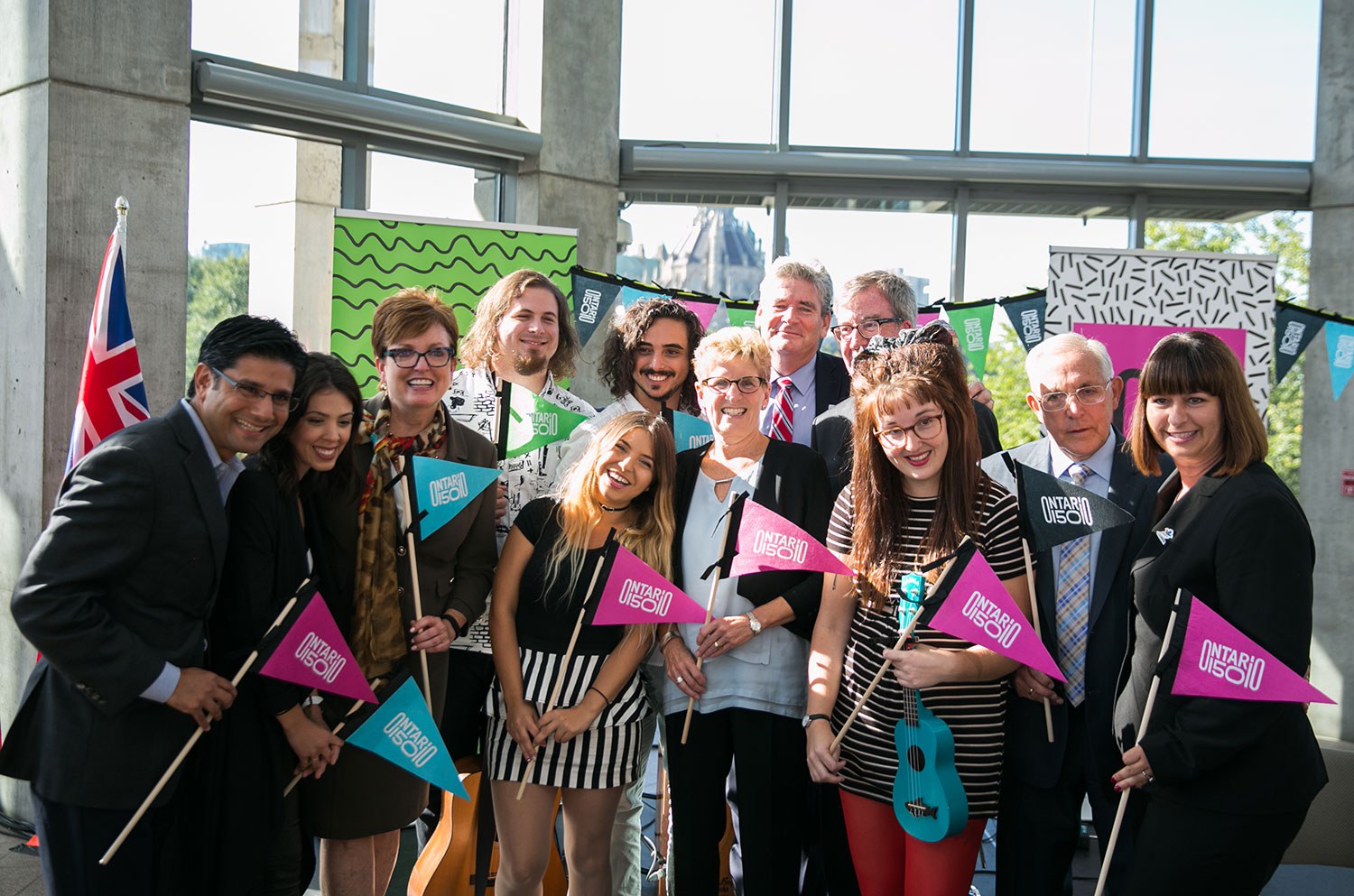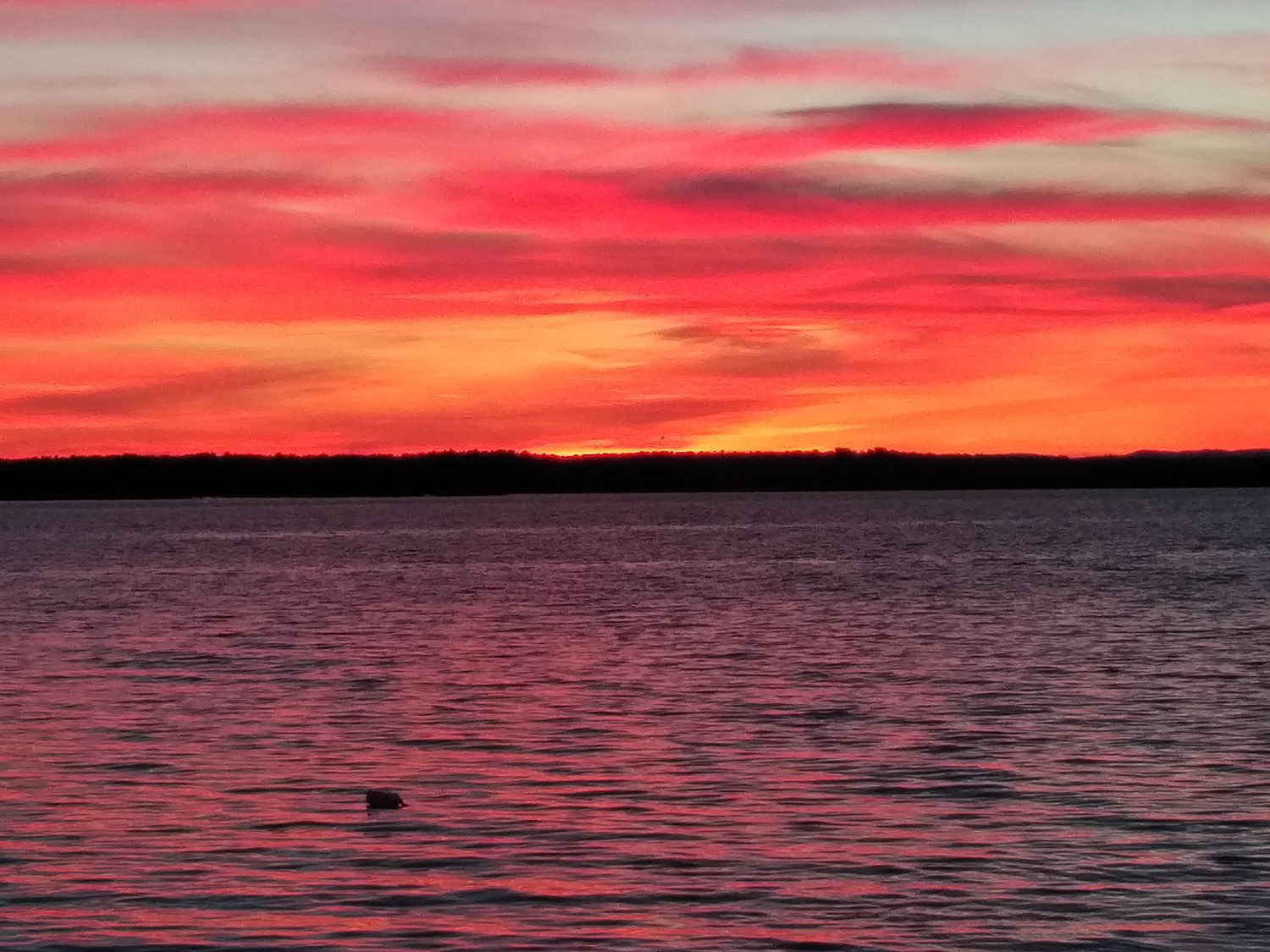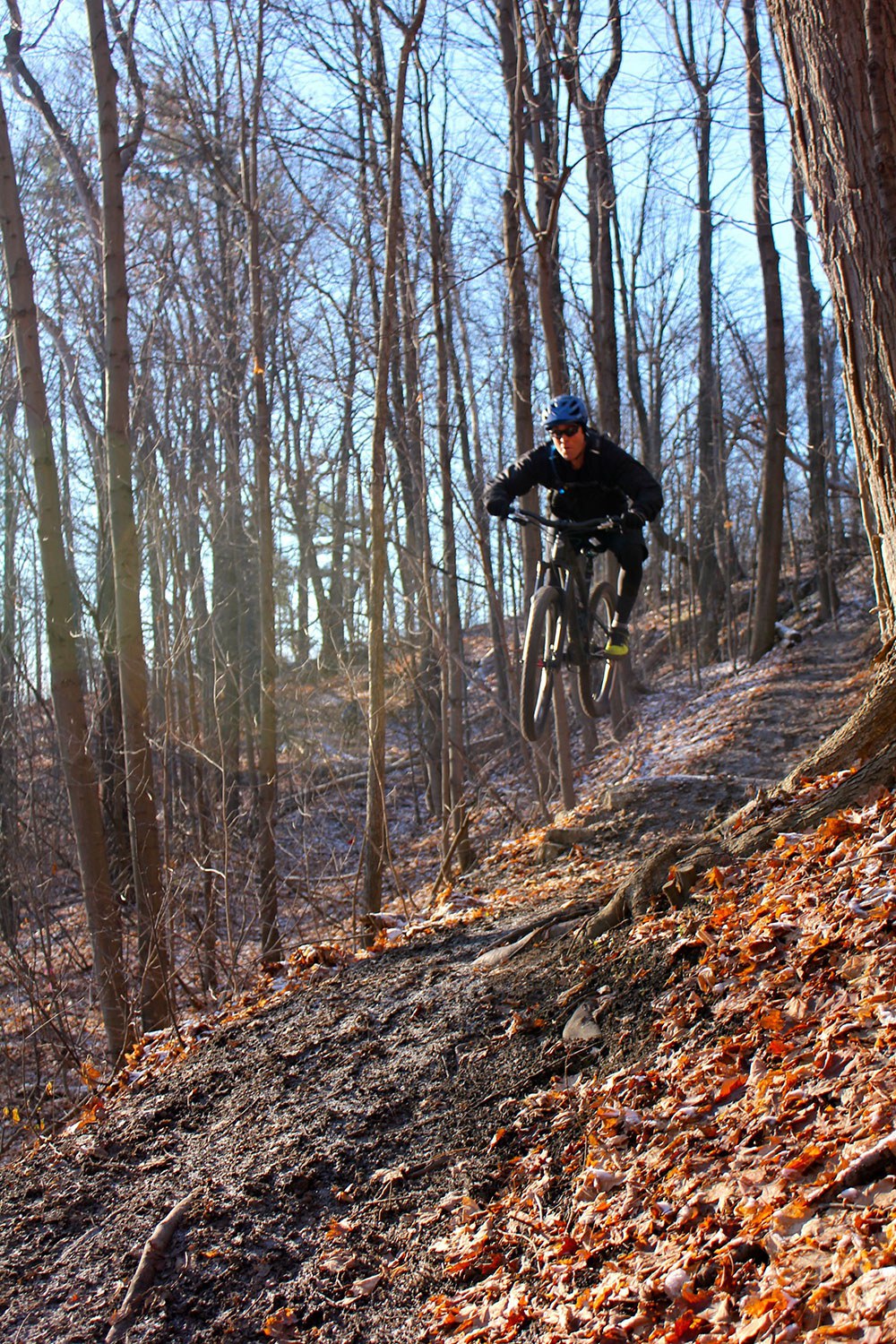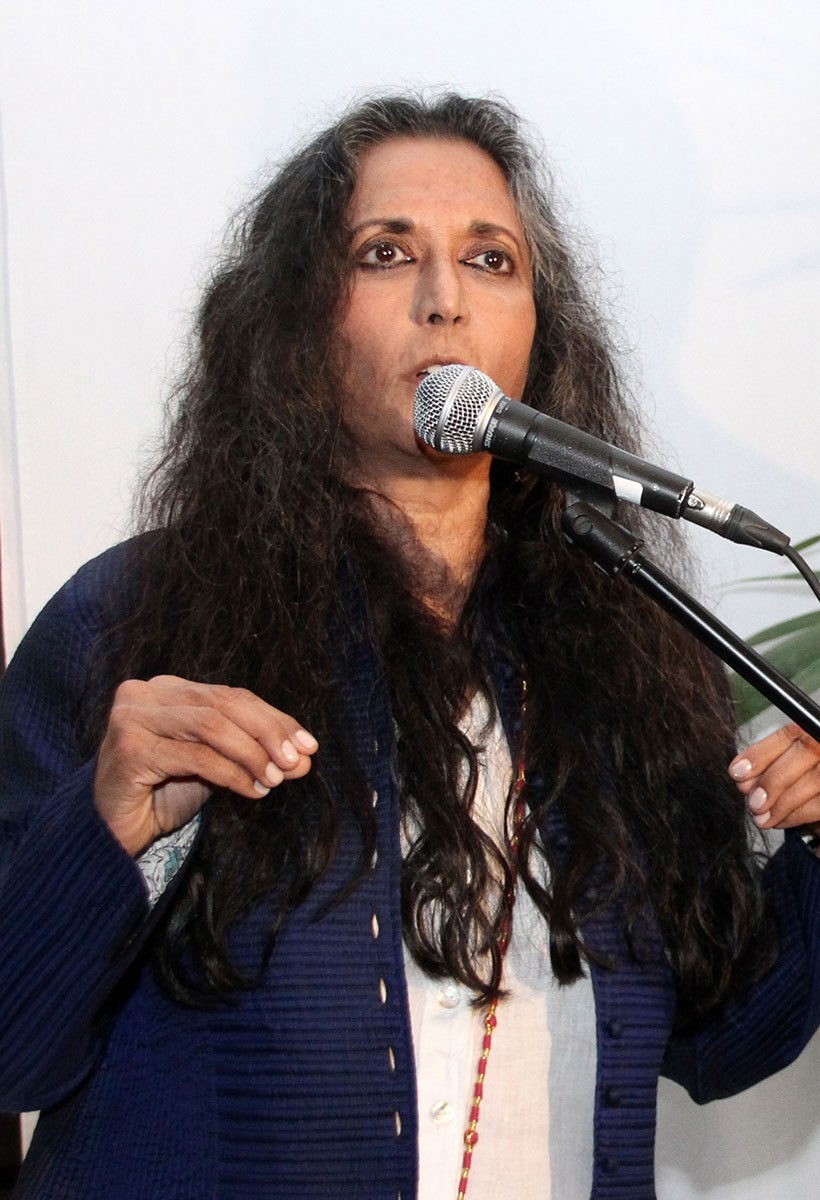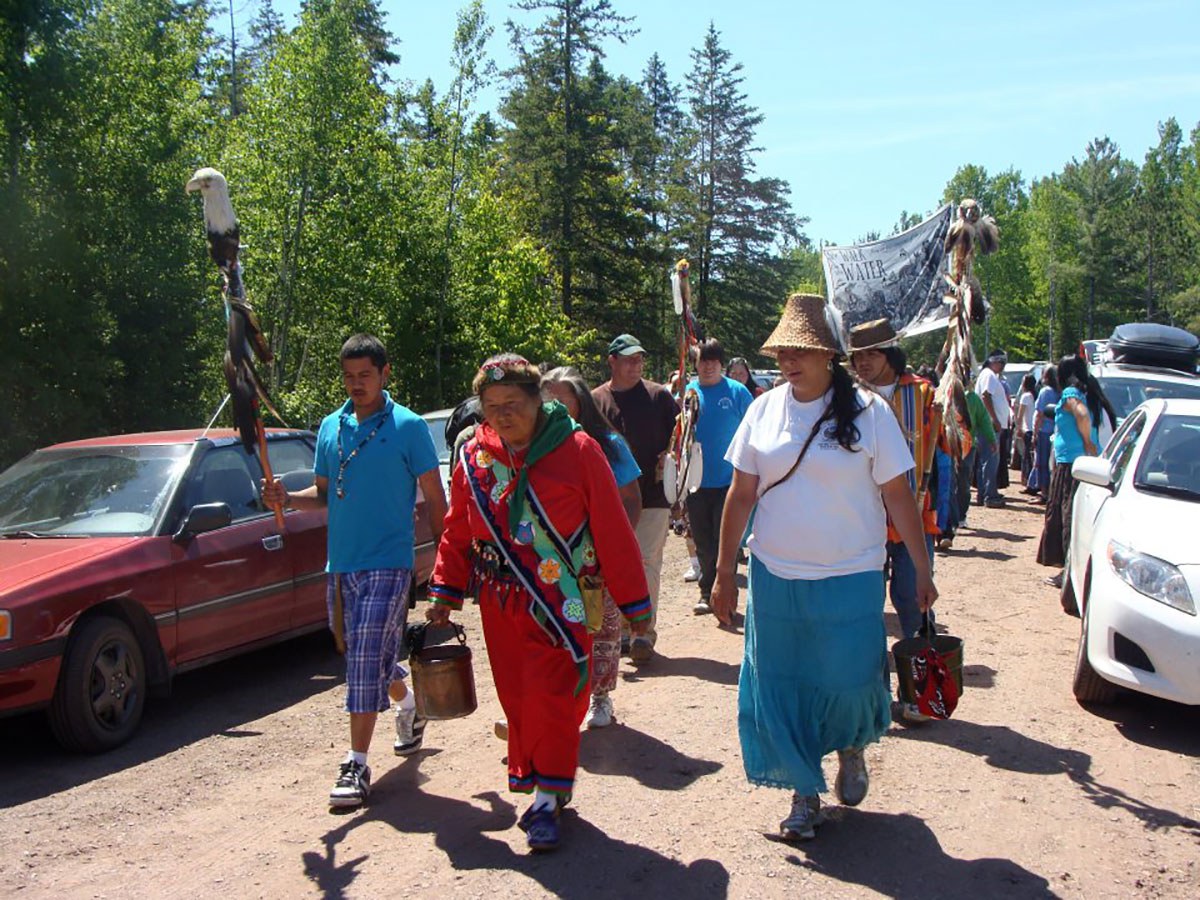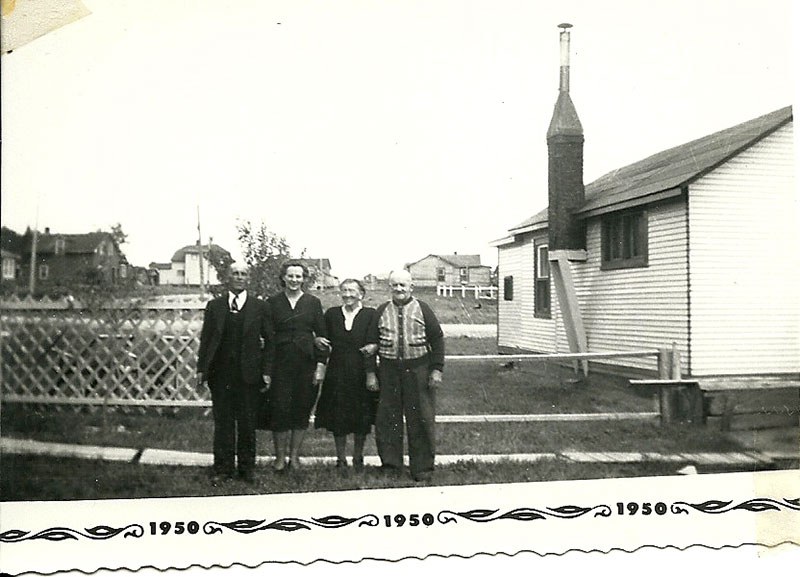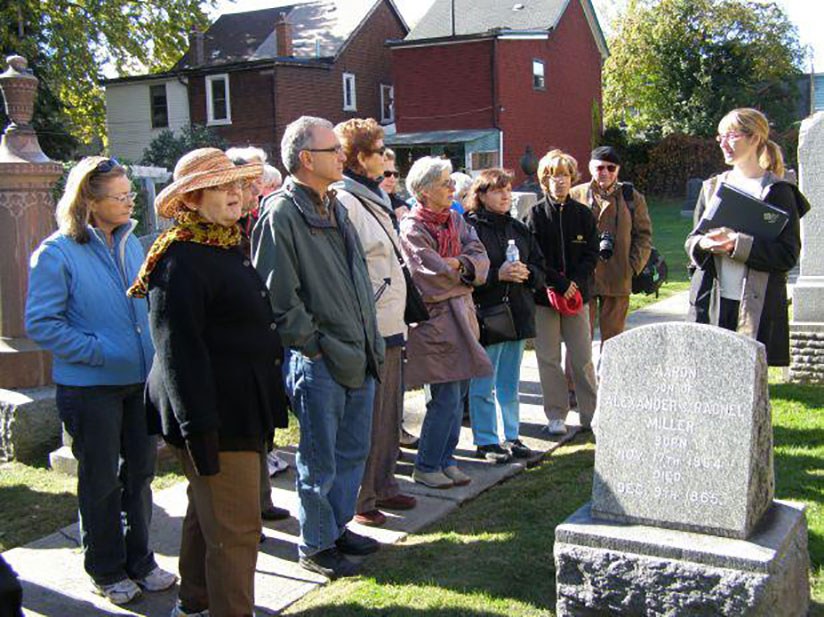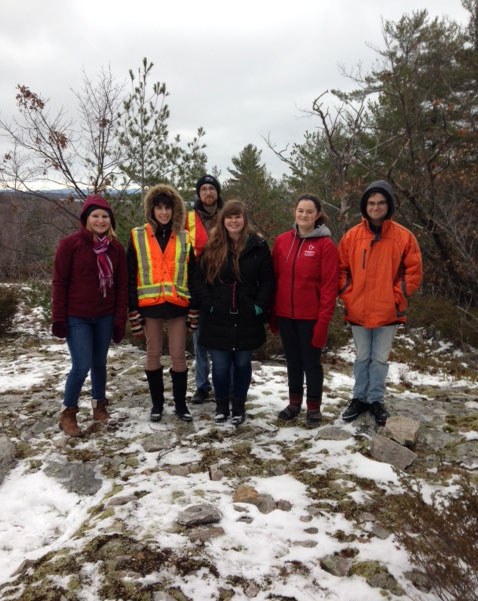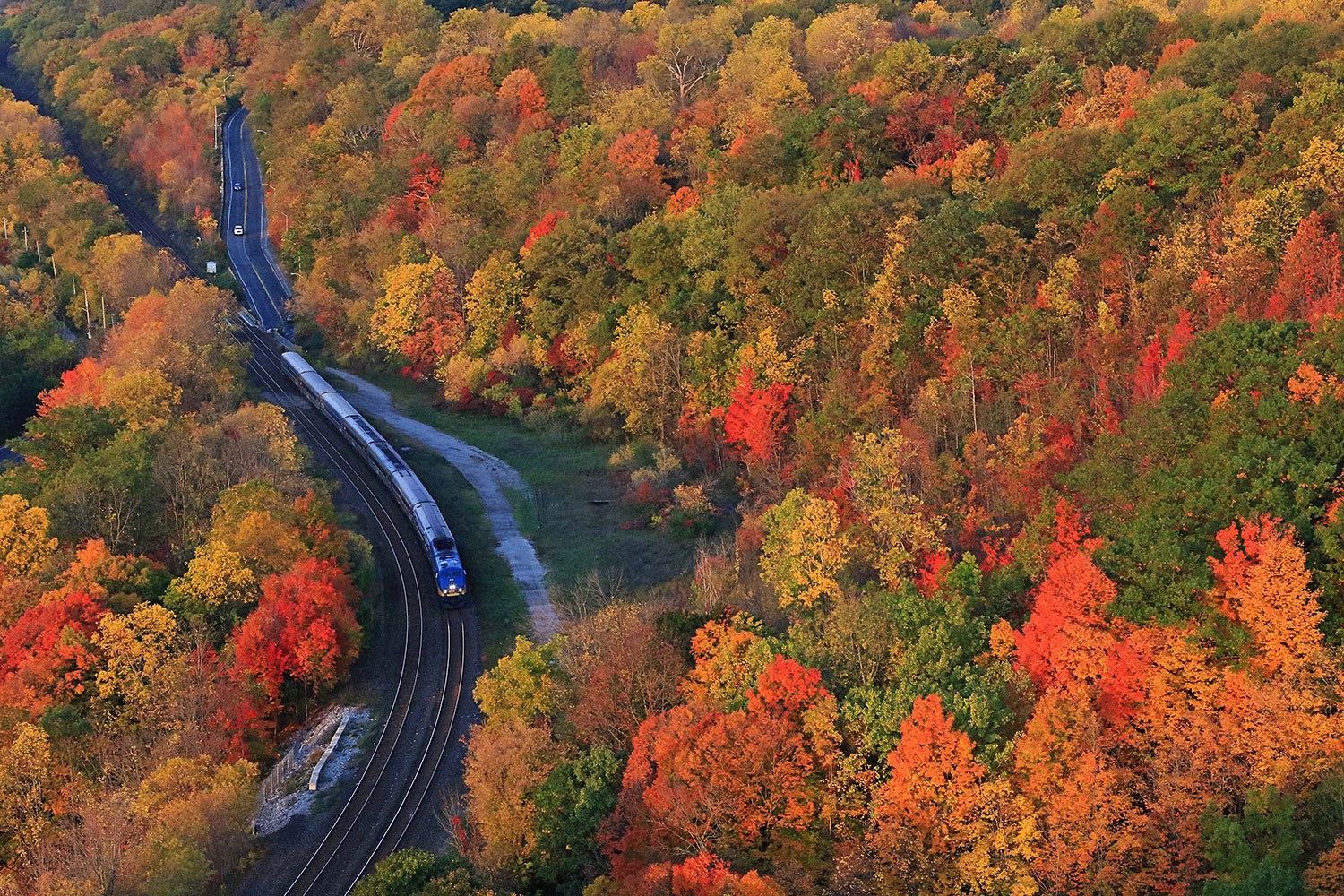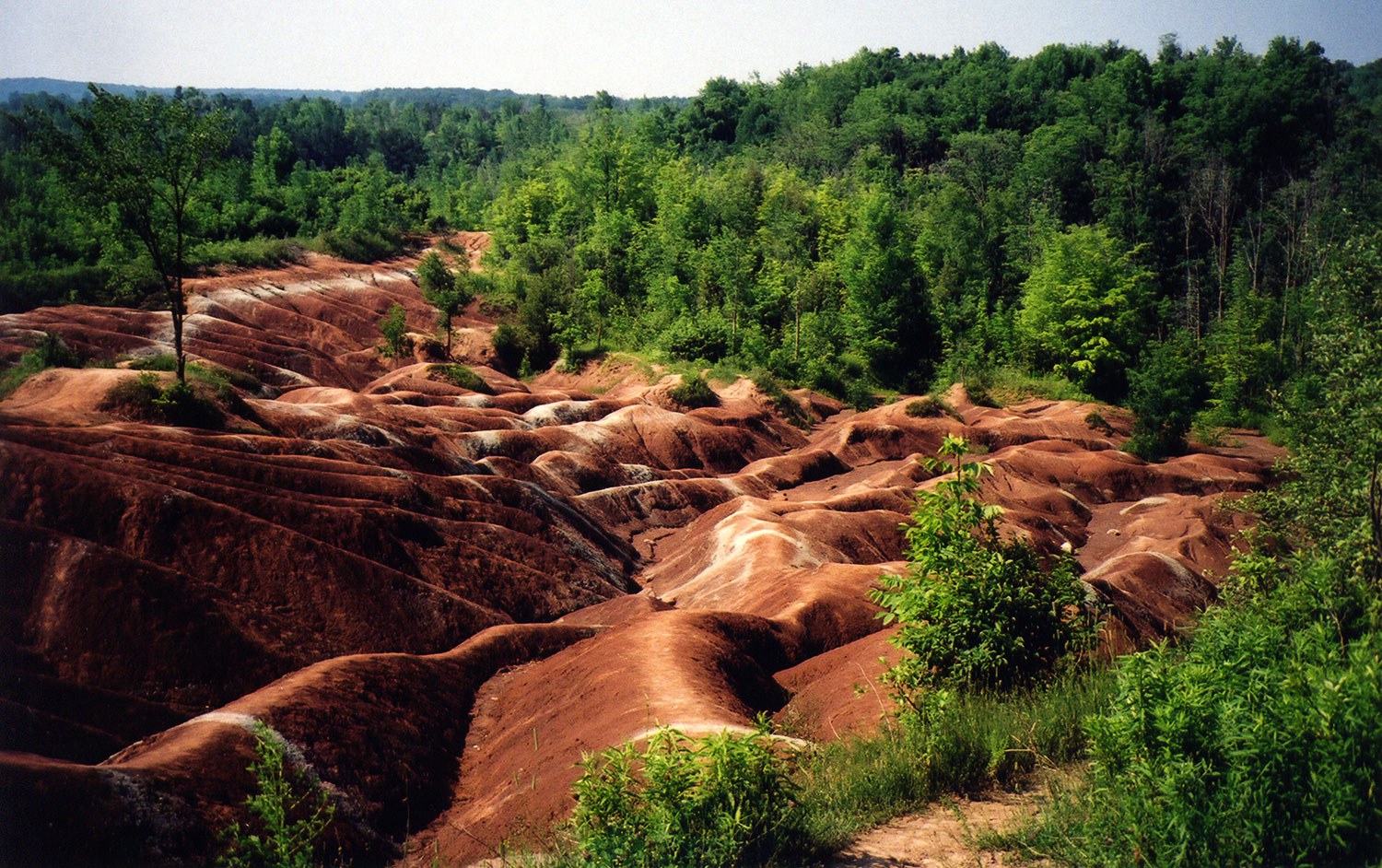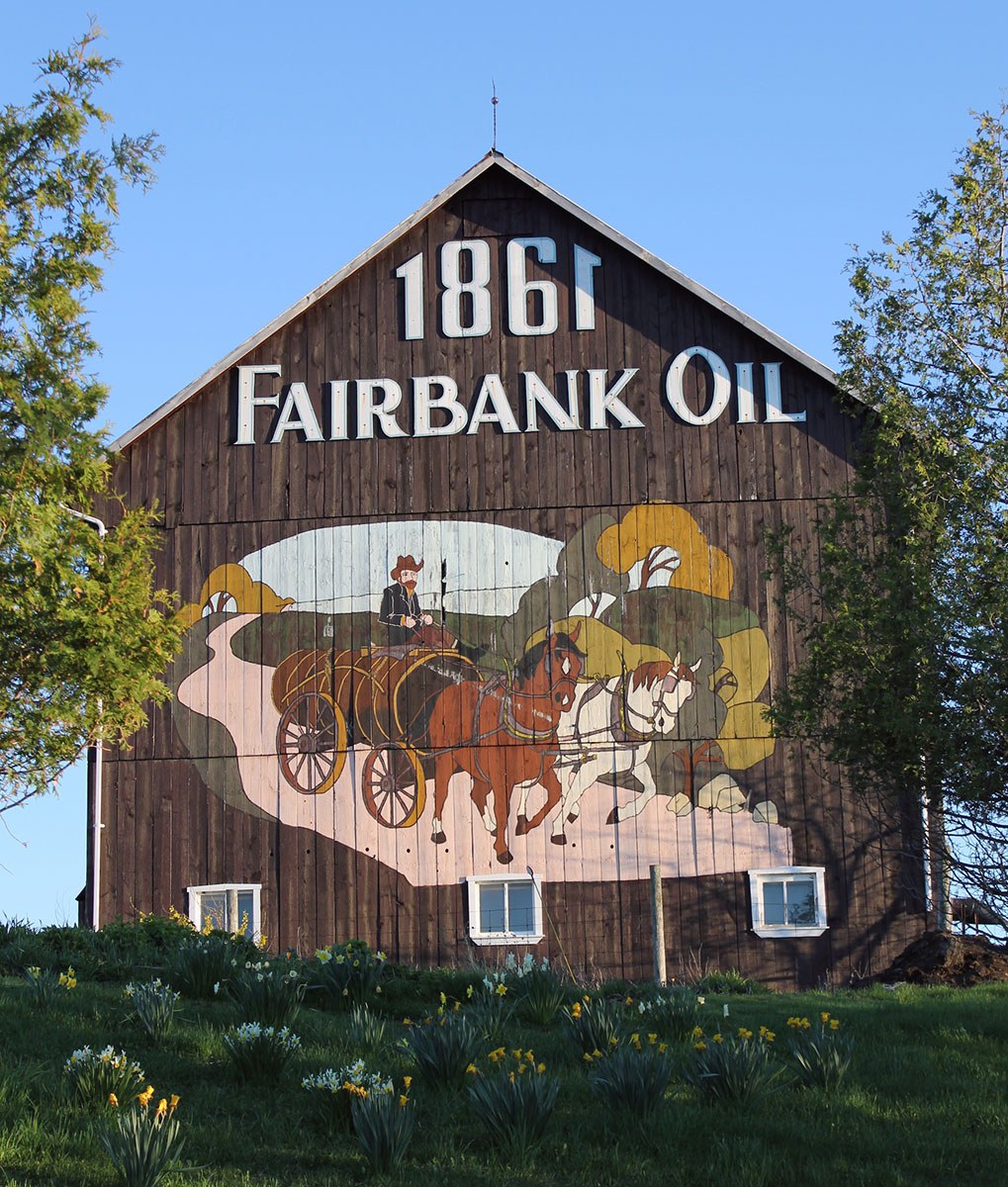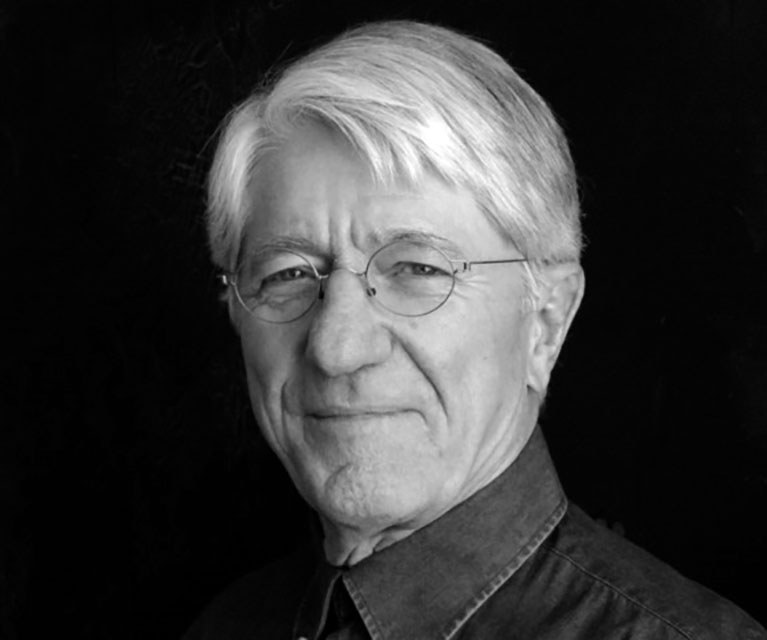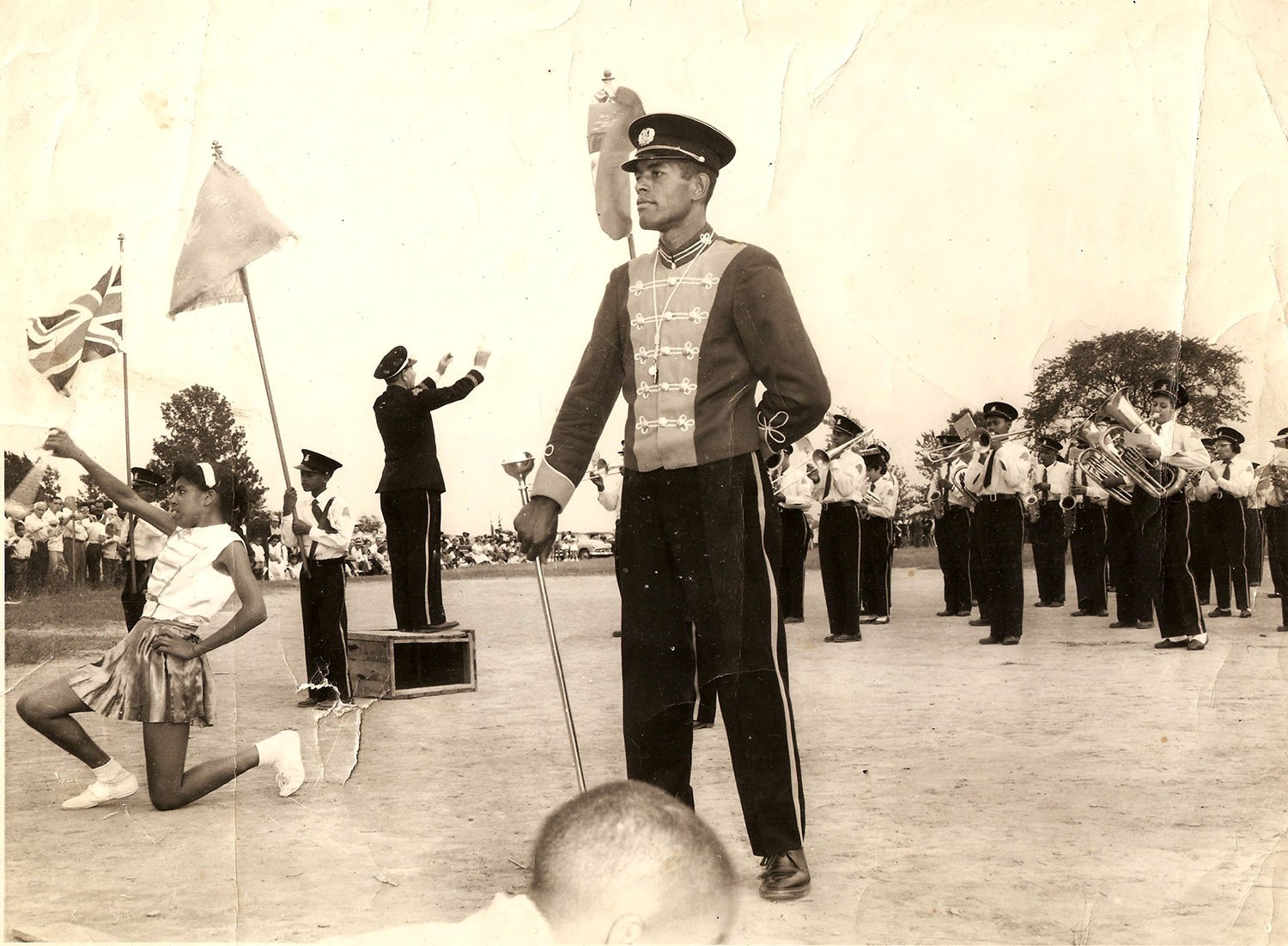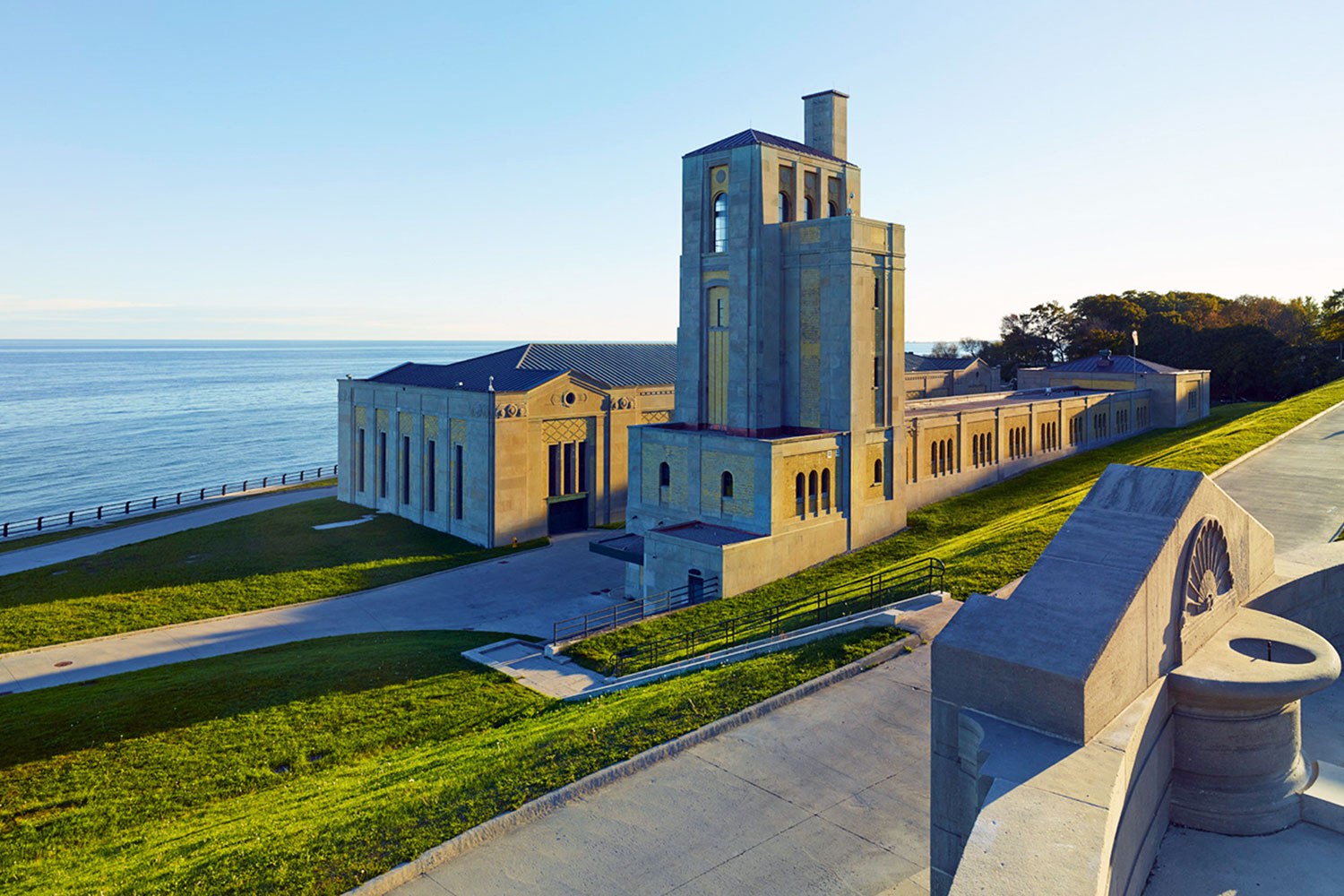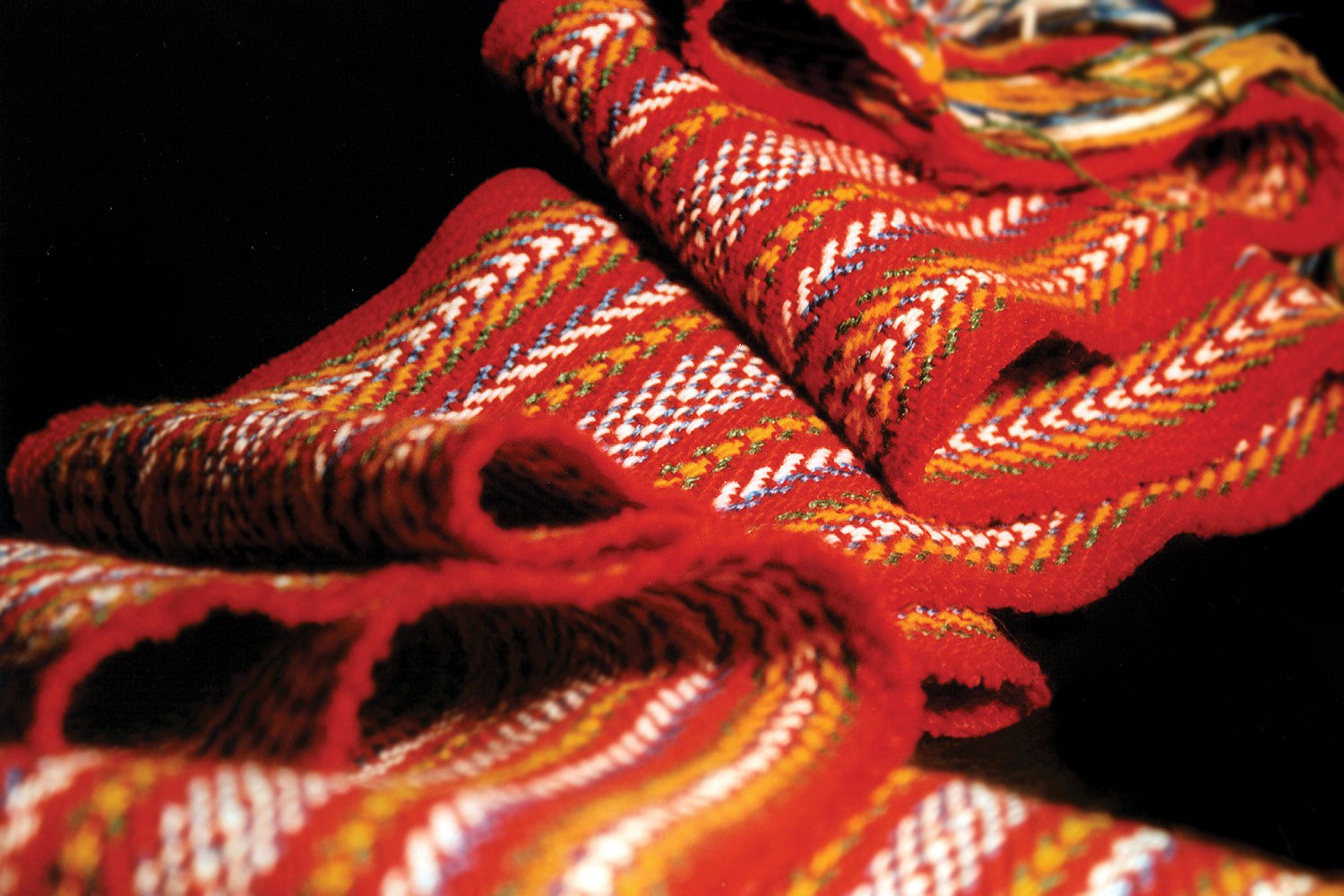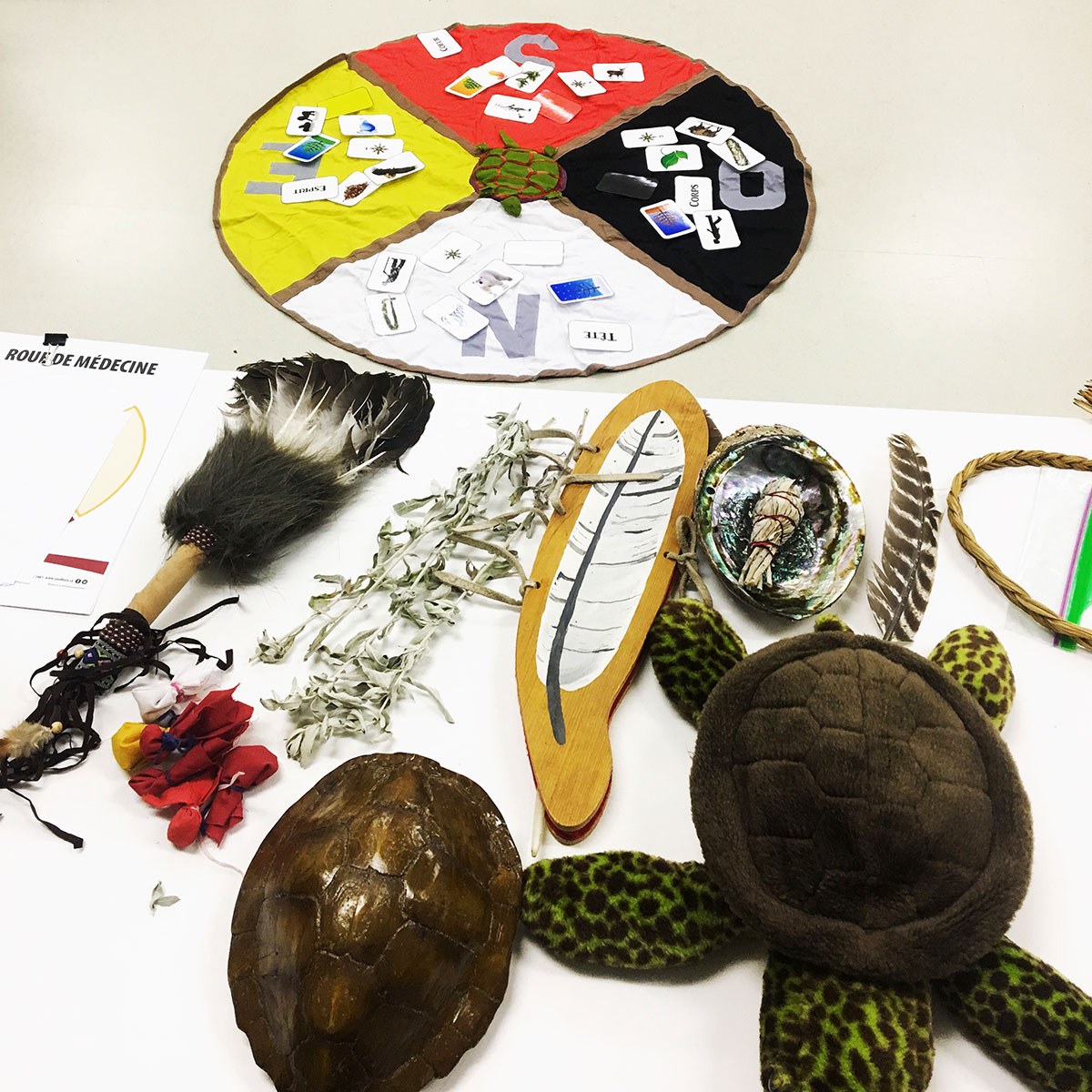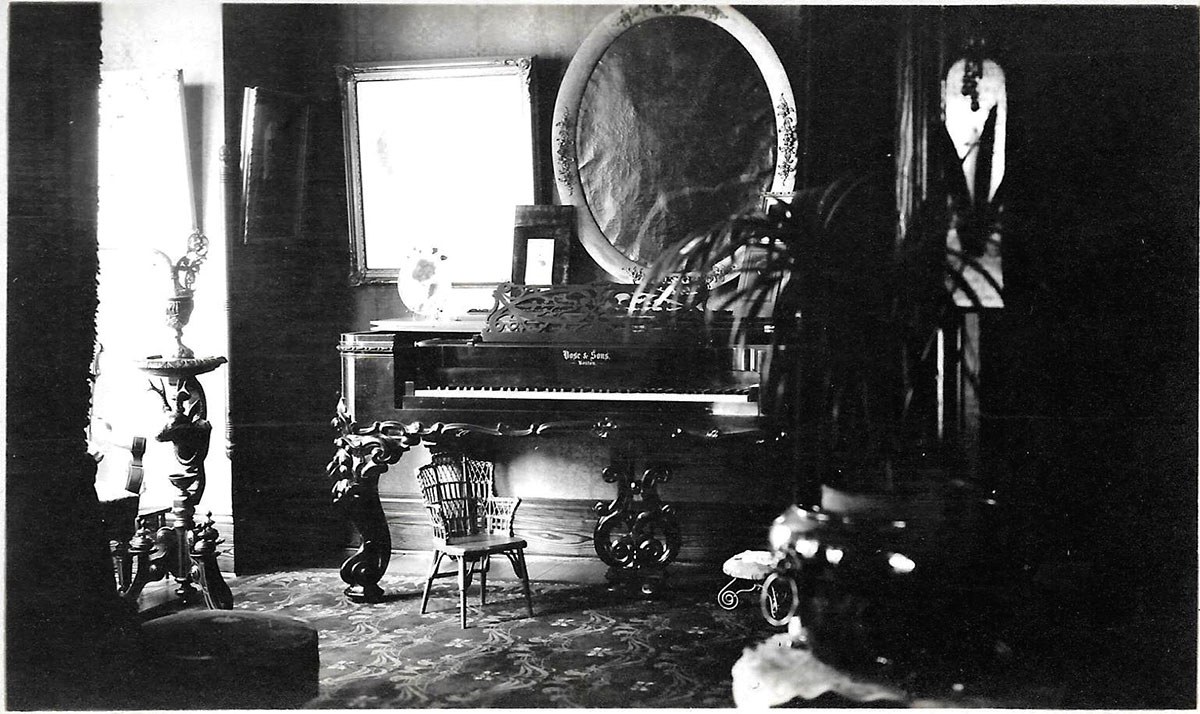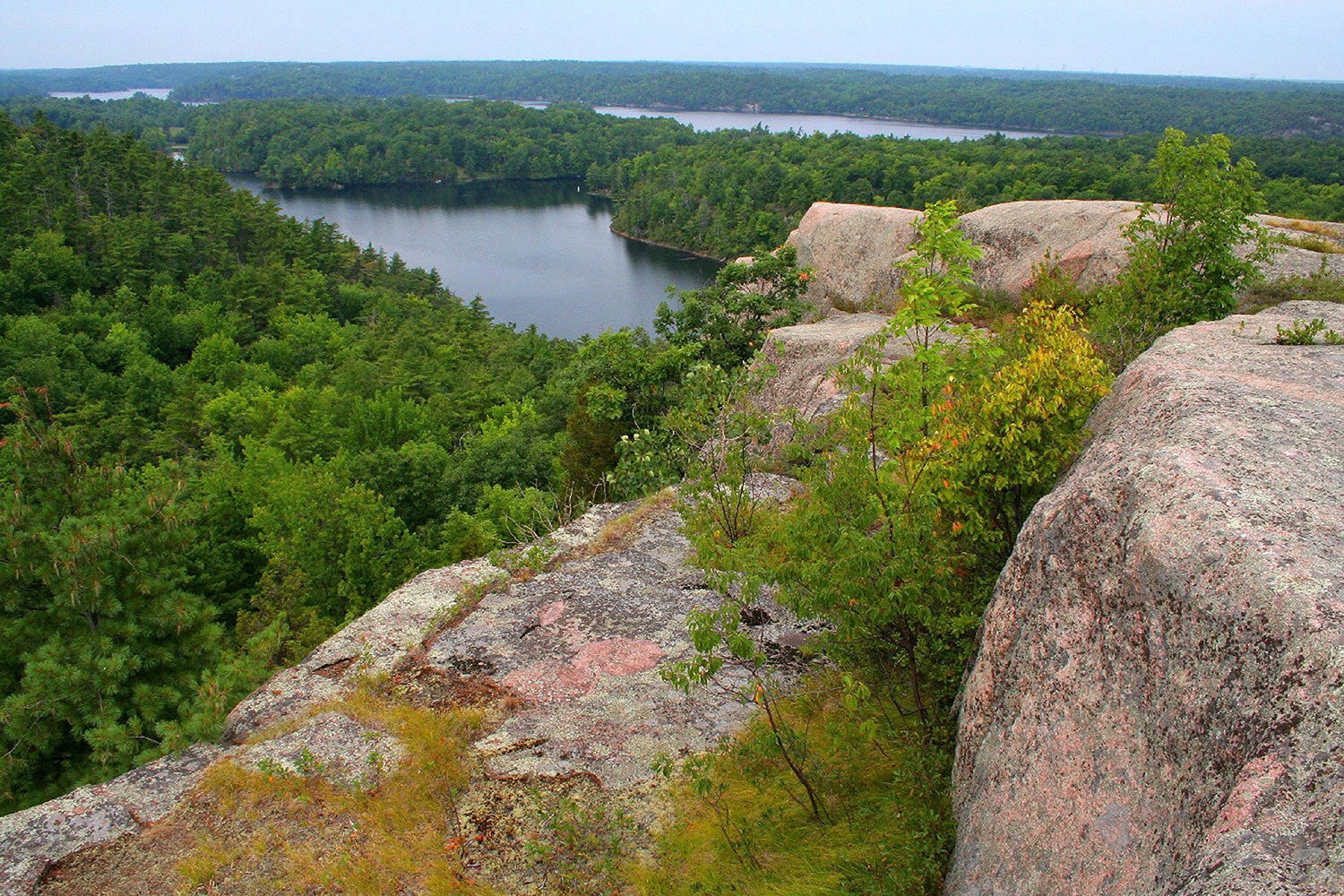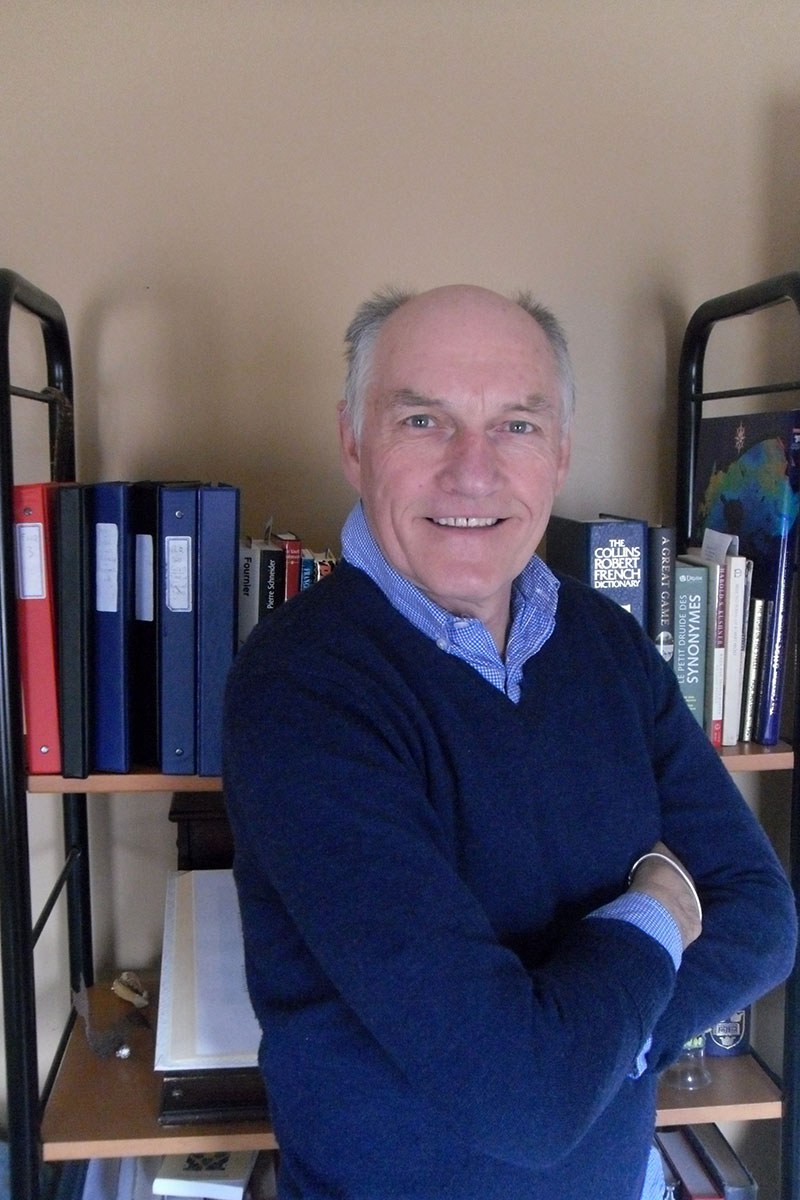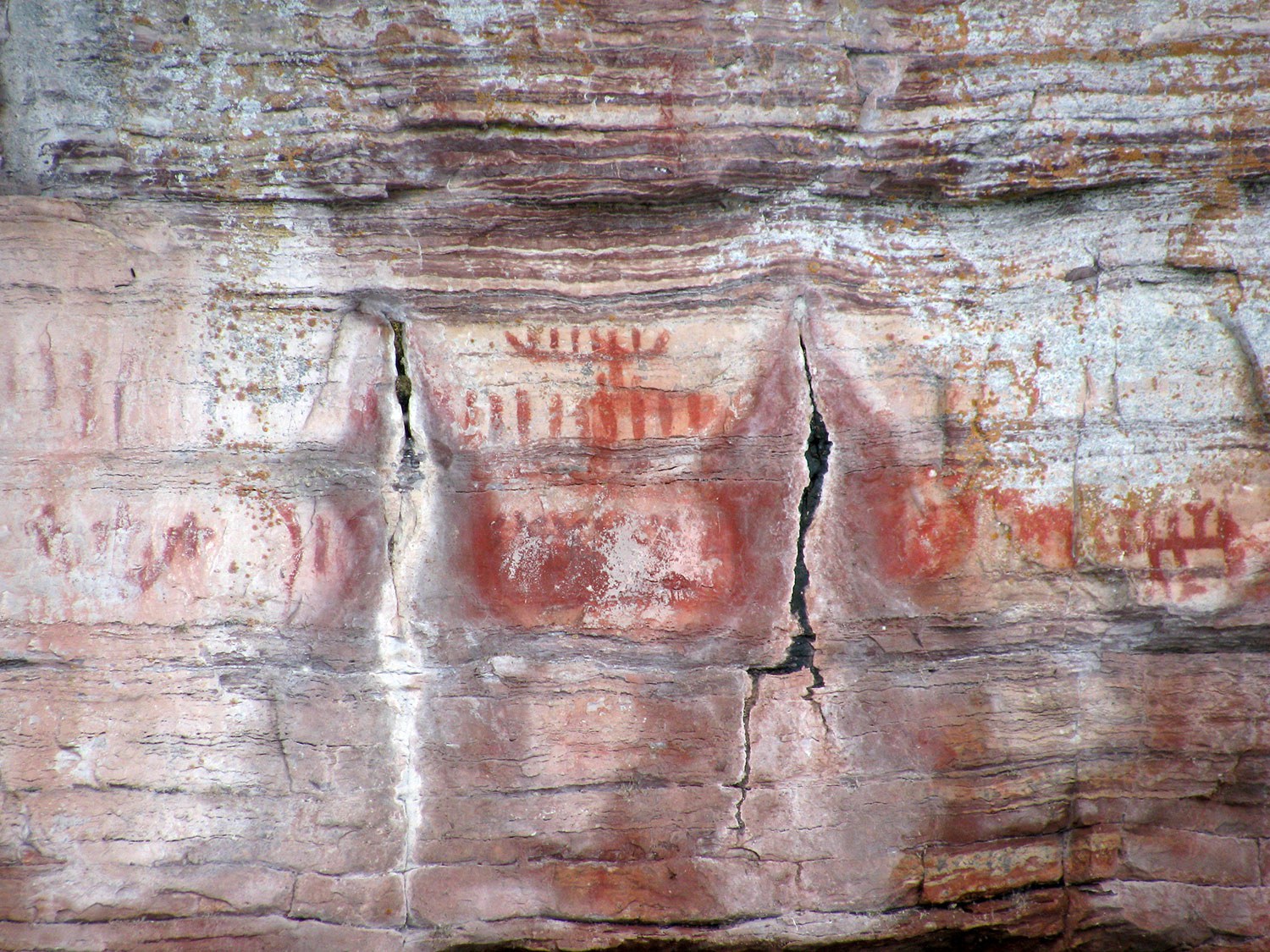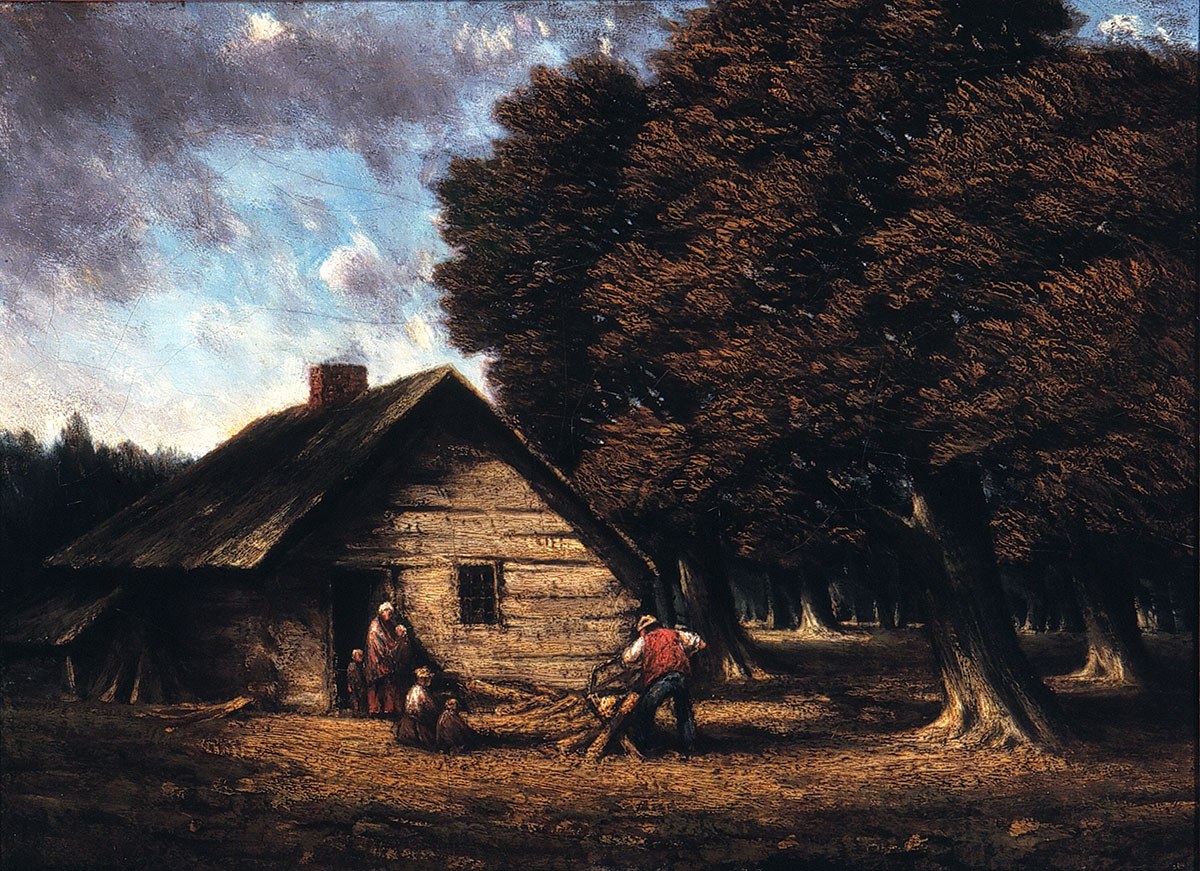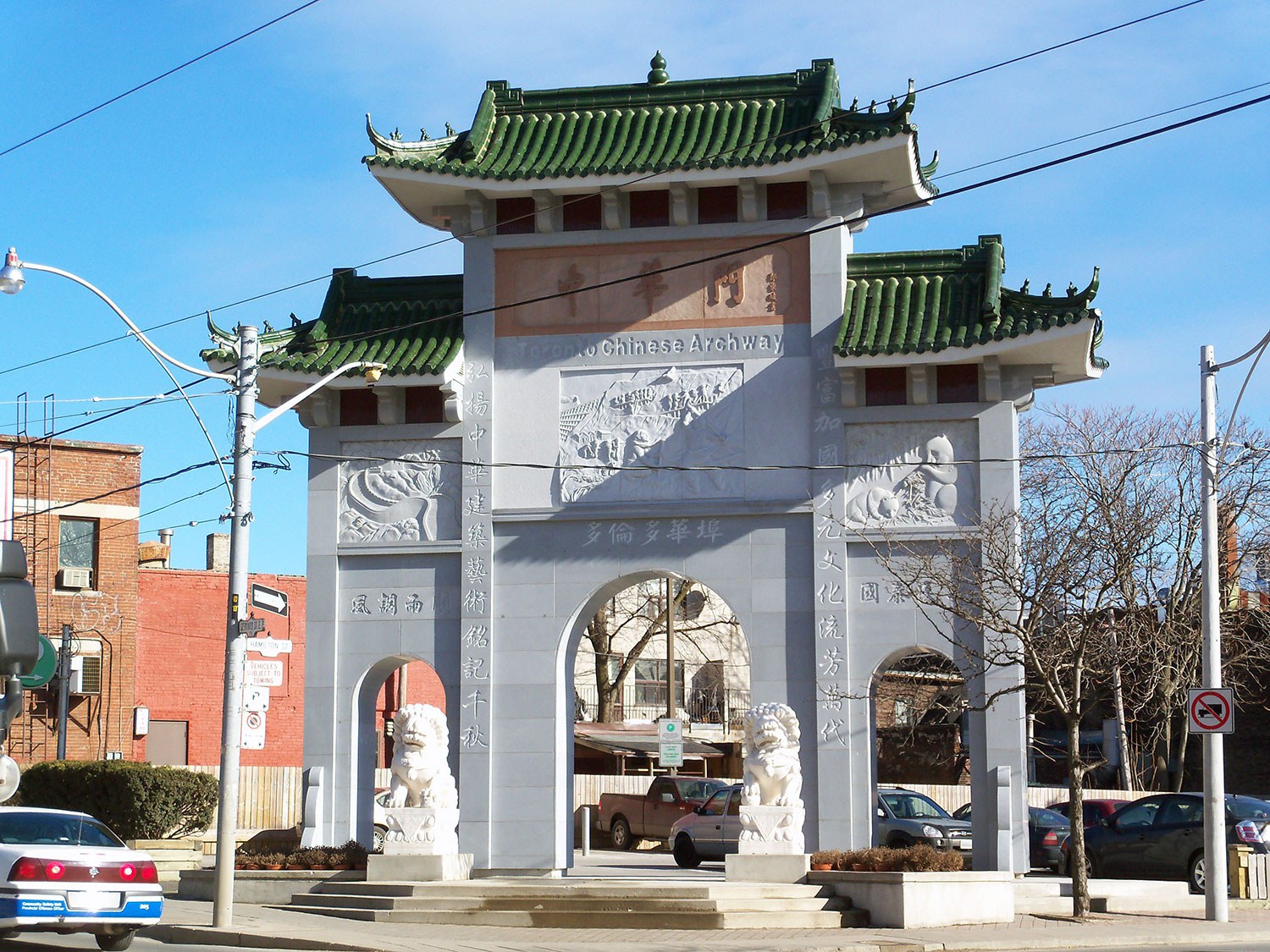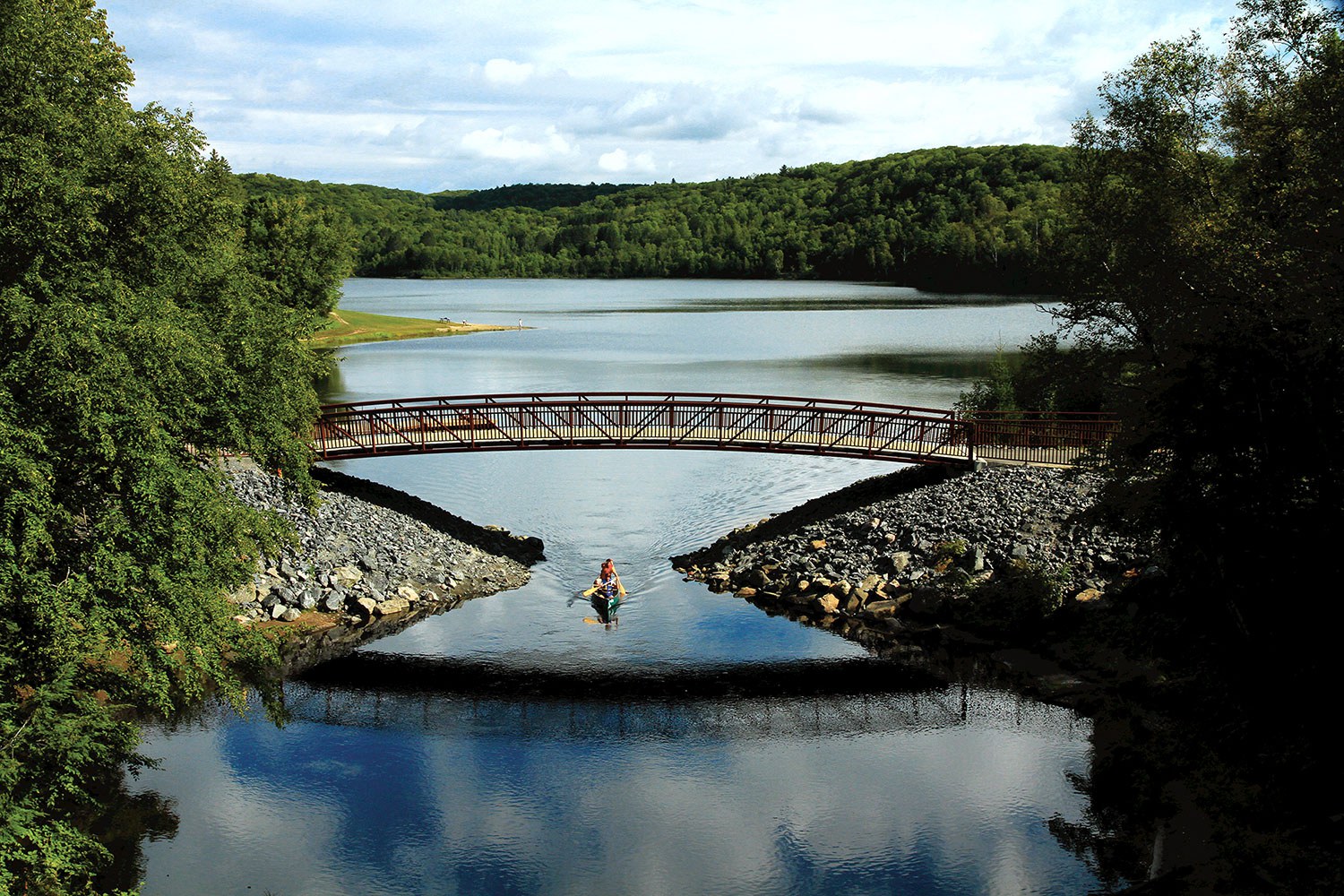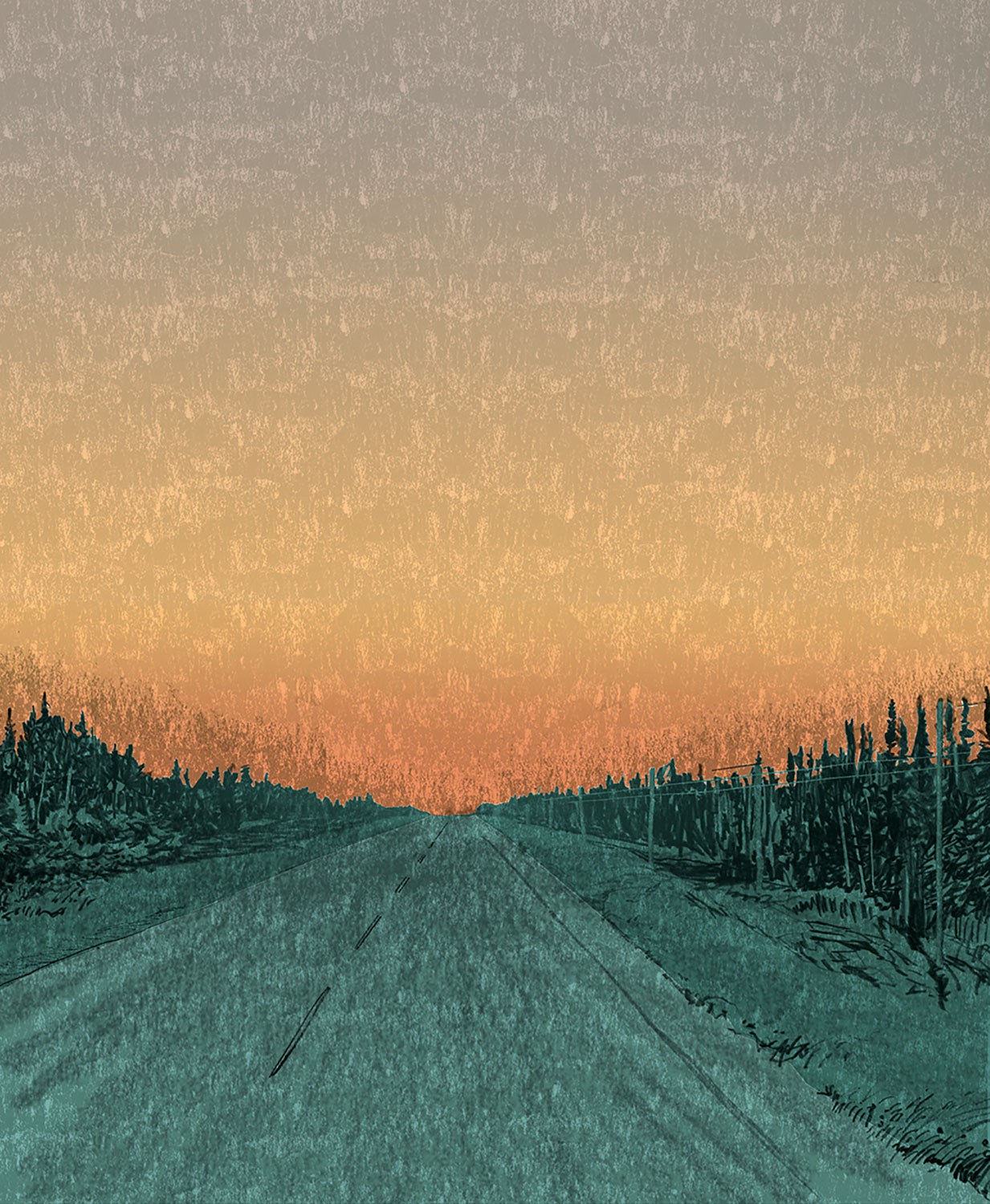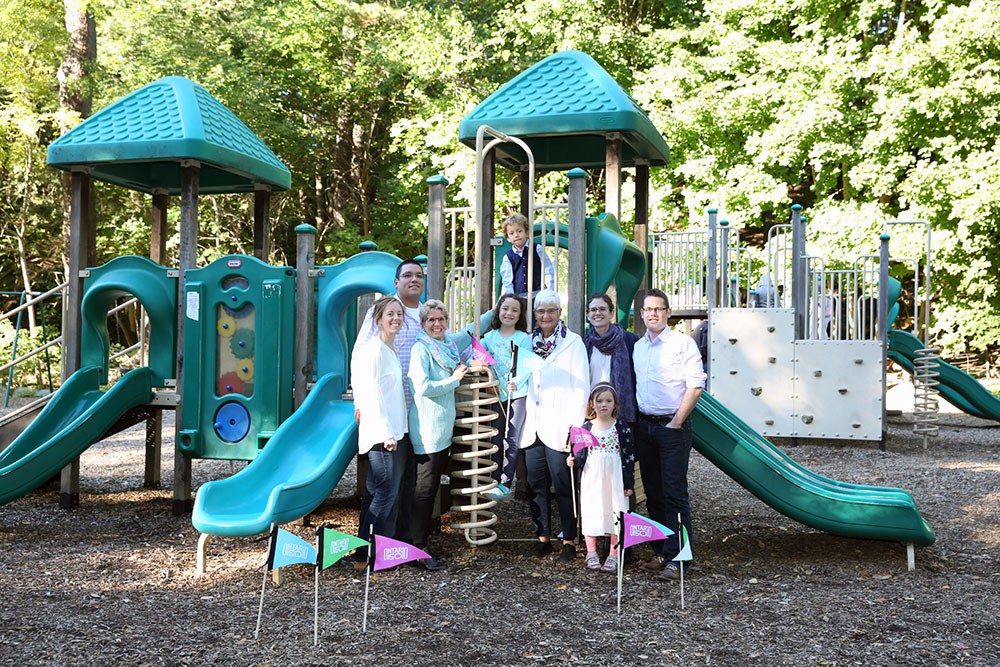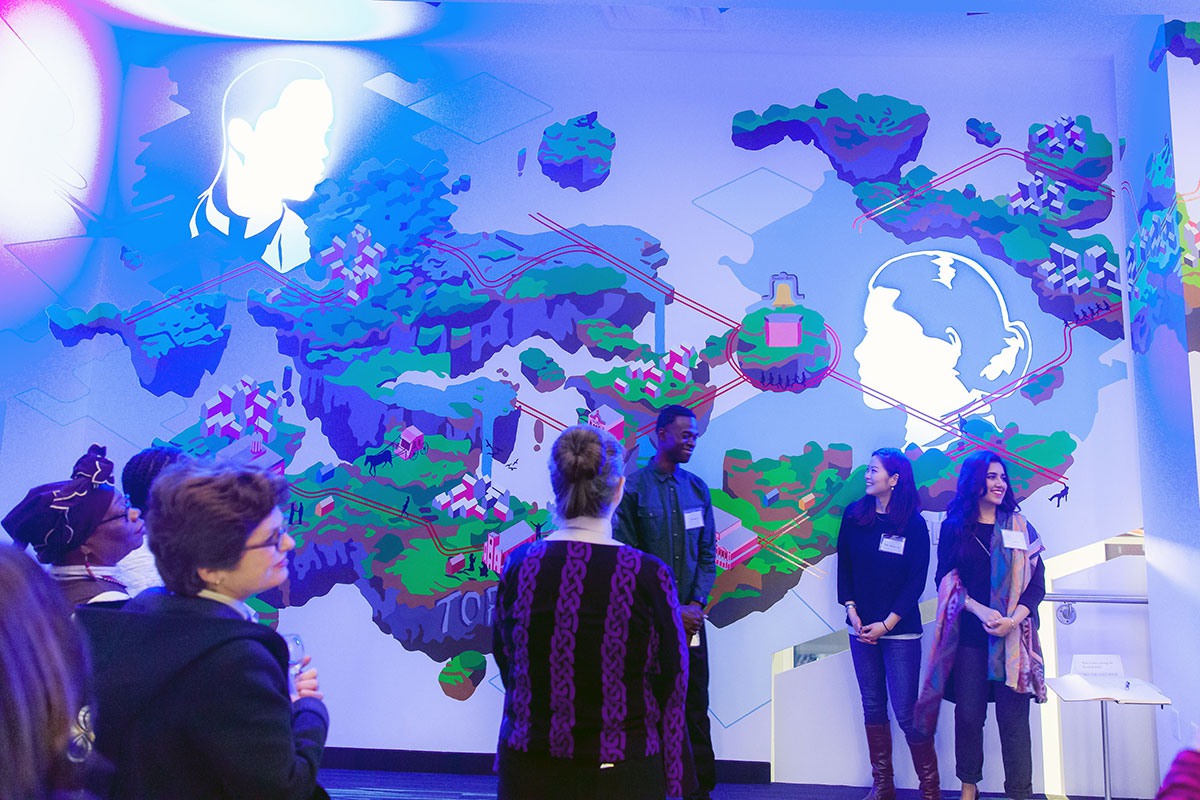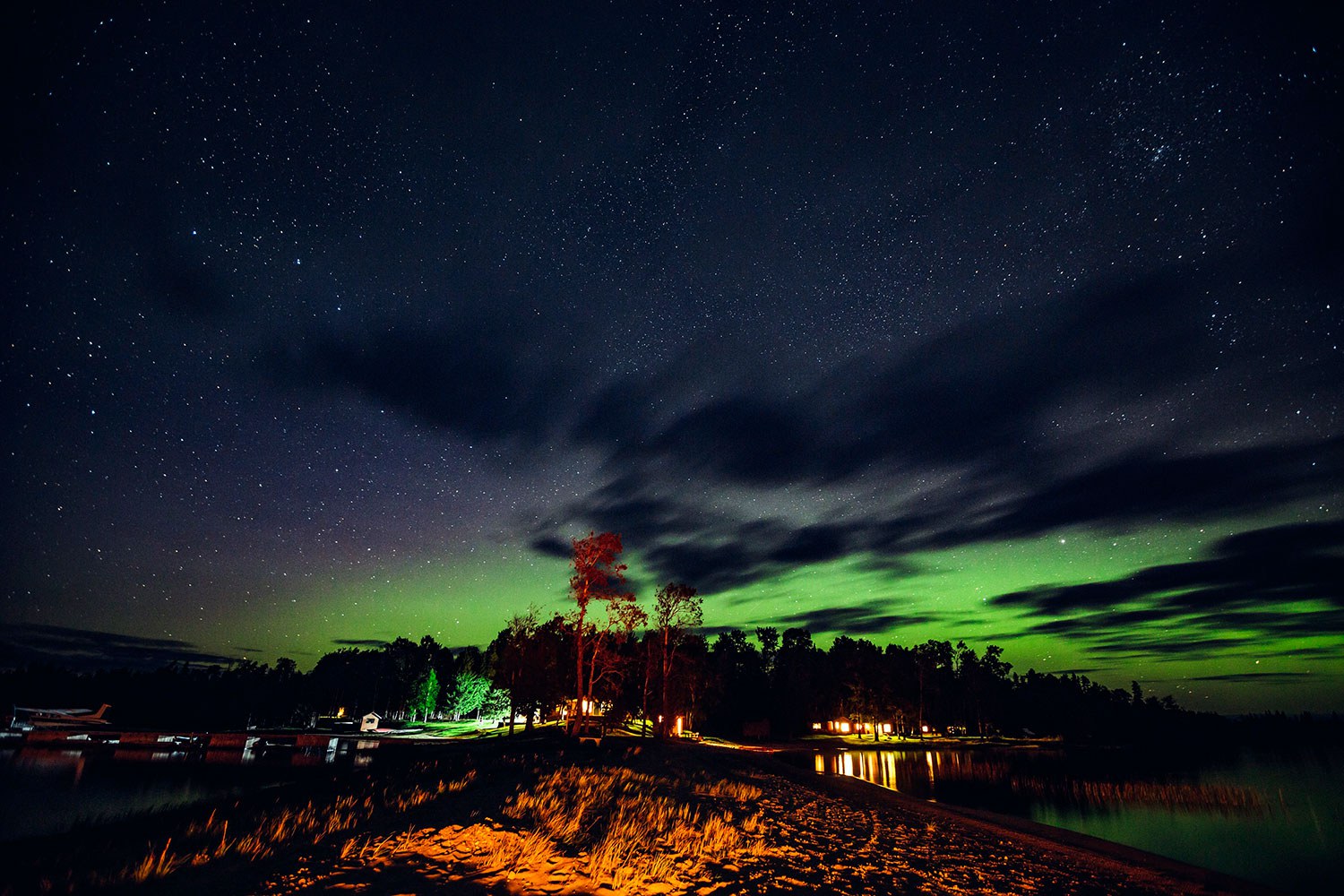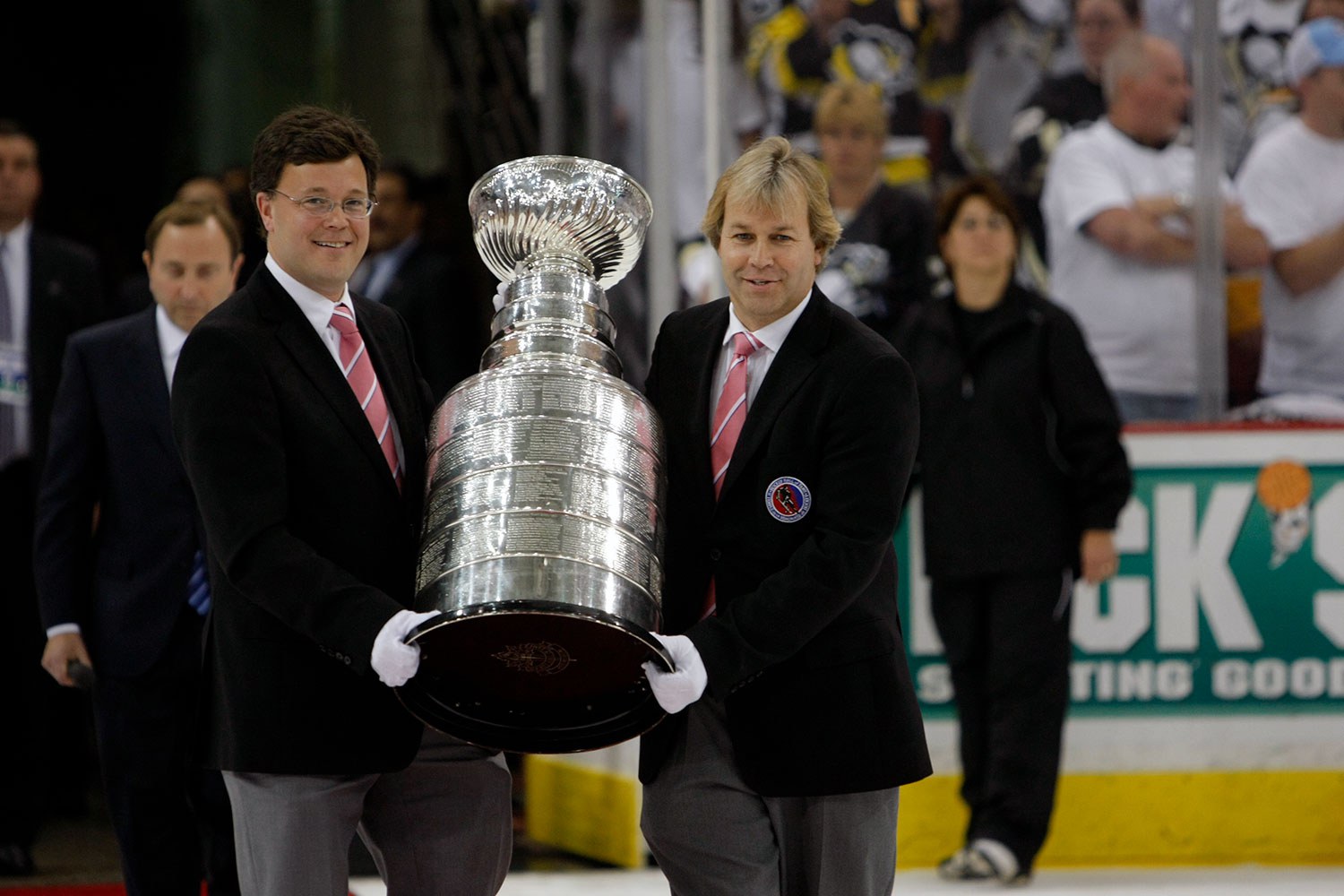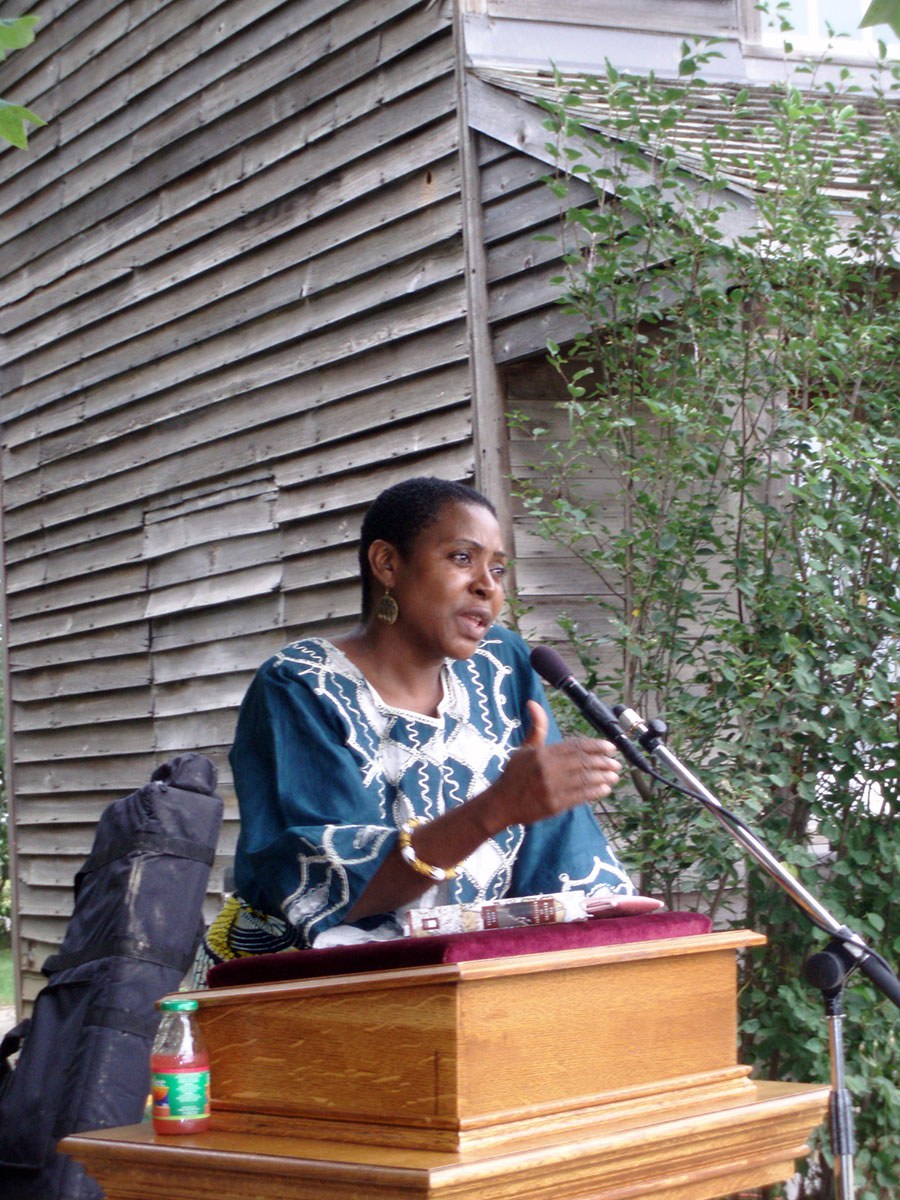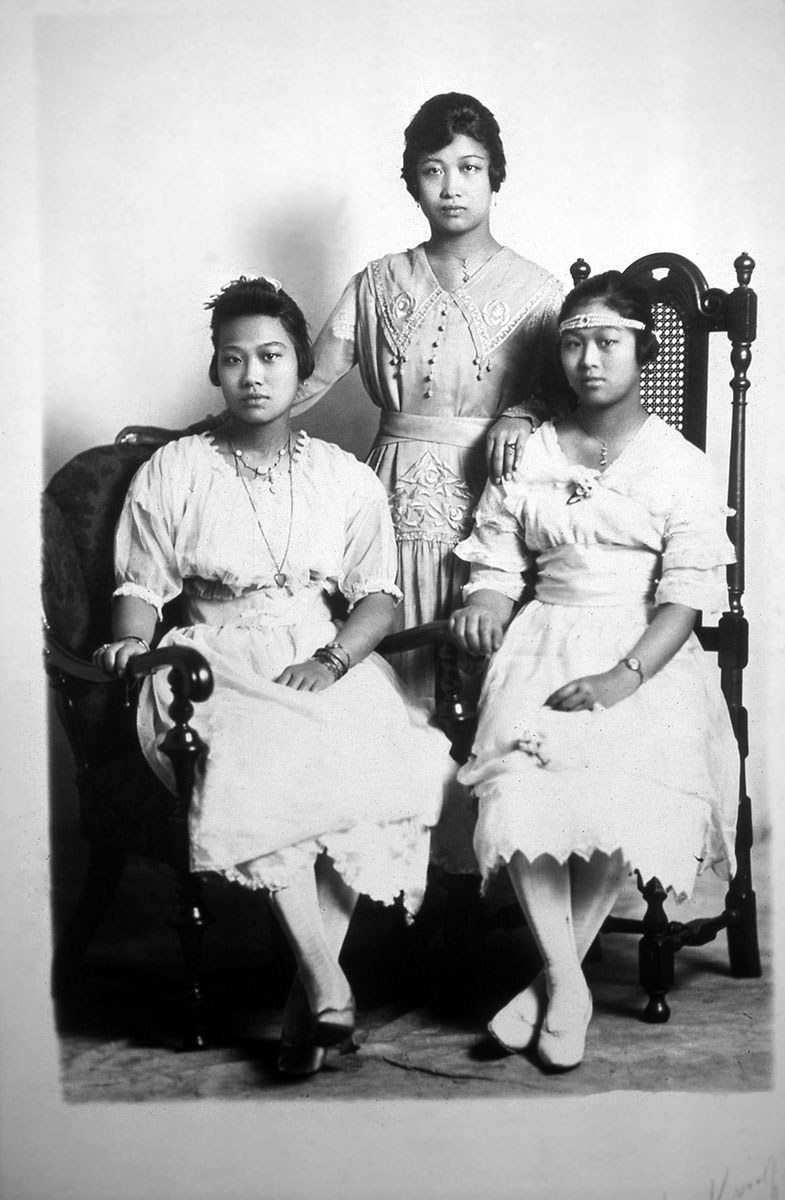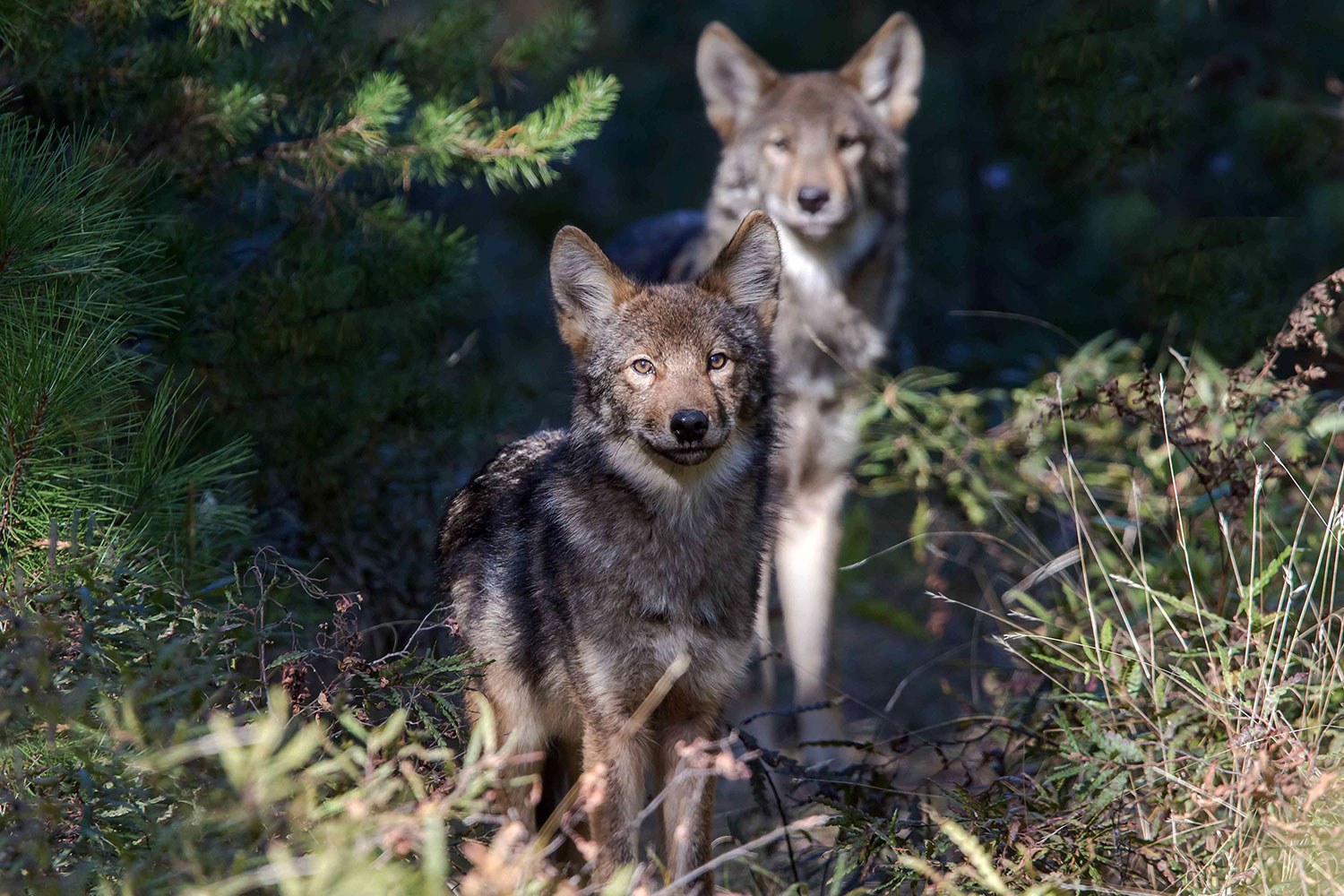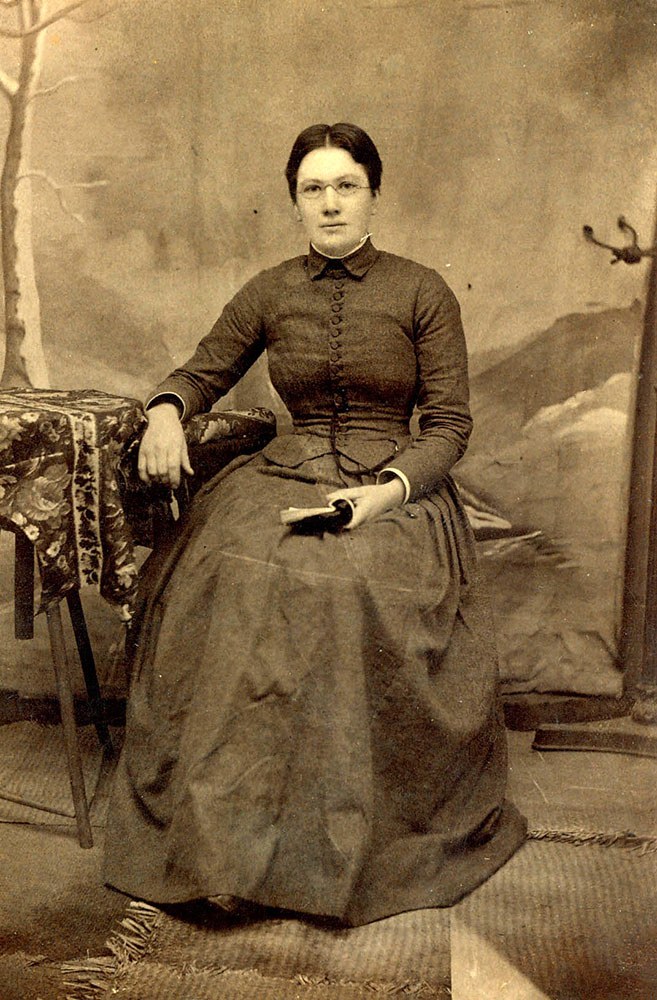

Browse by category
- Adaptive reuse
- Archaeology
- Arts and creativity
- Black heritage
- Buildings and architecture
- Communication
- Community
- Cultural landscapes
- Cultural objects
- Design
- Economics of heritage
- Environment
- Expanding the narrative
- Food
- Francophone heritage
- Indigenous heritage
- Intangible heritage
- Medical heritage
- Military heritage
- MyOntario
- Natural heritage
- Sport heritage
- Tools for conservation
- Women's heritage
The stories that define us
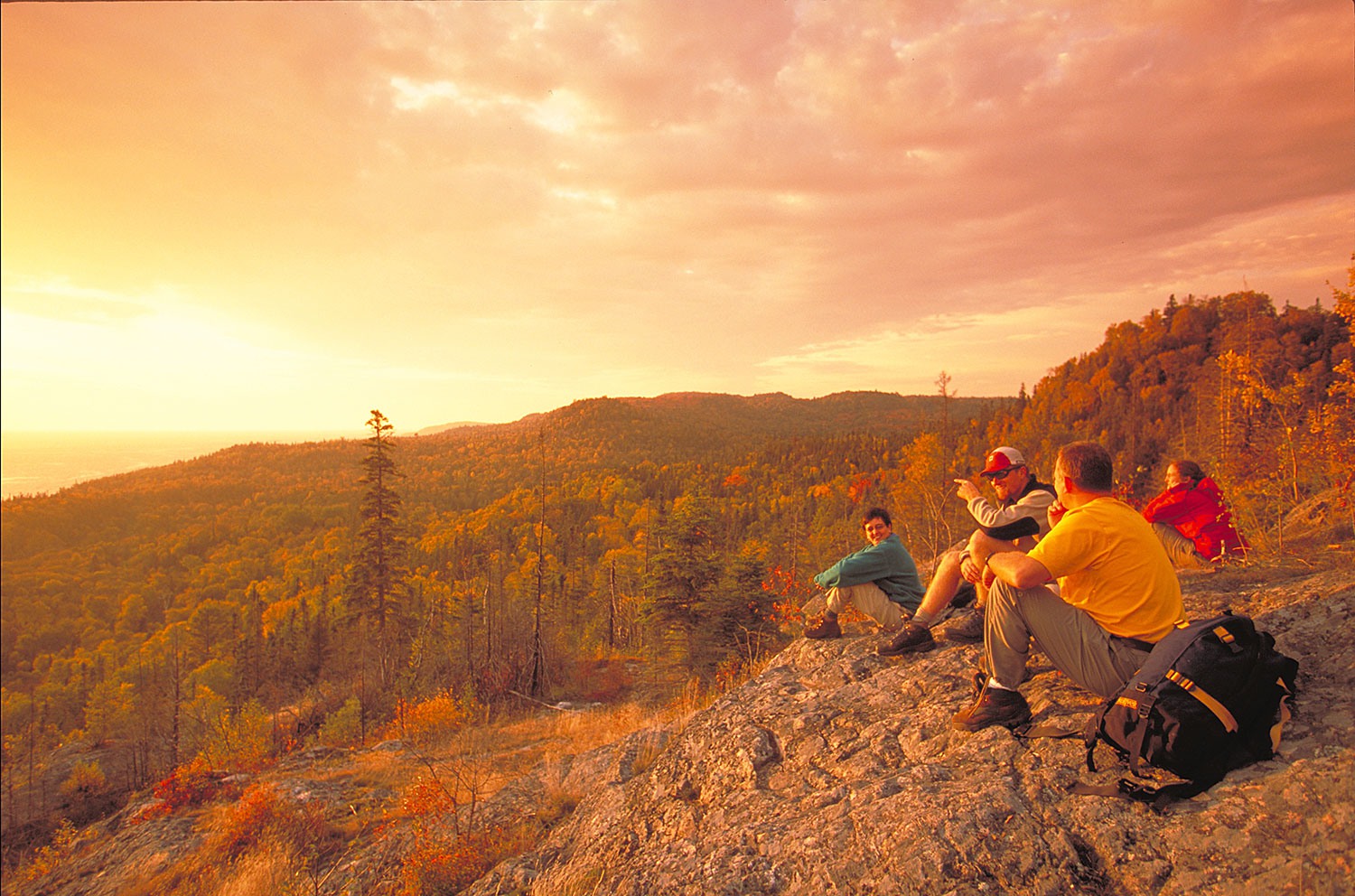

"With this issue of Heritage Matters, the Ontario Heritage Trust is launching MyOntario – A vision over time, a year-long conversation with Ontarians about who we are and what we would like to become – a conversation as diverse and dynamic as the province itself."
Stories are powerful. They reveal our values, pleasures and memories, the rituals and rhythms of our lives, our spiritual natures, our creative selves, our triumphs and our shames. Our stories are our own, but they can also be important vehicles to communicate our thoughts and ideas to others. They describe our connections to land, community and each other.
Ontario’s cultural history stretches back more than 10,000 years. The 150th anniversary of Confederation is an opportunity to look back and learn, to look around us and reflect, to look forward and imagine.
I’ve had the opportunity to meet with people of all ages in communities across the province – to hear their stories; to laugh and weep with them; share food, music, festivals and ceremonies; to visit the land they cherish and see the creations of their hands and imaginations. Allow me to share with you some of the stories, the people and places that speak to me of Ontario.
Nochemowenaing – a beautiful, peaceful promontory of wilderness stewarded jointly by the Trust and the Chippewas of Nawash Unceded First Nation. Thonnakona – the resting place for 1,760 Wendat and Wyandotte ancestors. The Otterville African Methodist Episcopal Cemetery – one of the few preserved Black pioneer burial grounds in Ontario. Sharon Temple – designed to represent the beliefs of the Children of Peace in its bold geometry and superb craftsmanship. Knesseth Israel Synagogue, The Junction Shul – whose circular windows represent the Hebrew word for life. St. Raphael’s Church Ruins – a vessel for the memories of the Scots-Catholic community. The prayer hall at the Ismaili Centre in Toronto. These are all remarkable, serene, sacred places where one can sense the spirits of our ancestors.
Nature is so much a part of who we are as Ontarians. The Canadian Shield, the Great Lakes, the forests and waterways have been part of our psyche from the earliest habitation. This unique connection can be experienced walking the Bruce Trail, paddling a waterway, or cycling a country lane. Whether you are viewing the pastoral landscape of the Little Clay Belt, standing at the edge of the Arctic watershed – the dividing line in northern Ontario at which water drains into Hudson’s Bay to the north or the Atlantic Ocean to the south and east – or watching the northern lights from Moose Factory Island, you will stand in awe.
The interaction of humans with these landforms has resulted in cultural landscapes that represent the complex layers of our history, reflections of who we are as a society, the diversity and values of our communities as they have evolved over time. The tallgrass prairie of Bkejwanong, “Where the waters divide,” the traditional homeland of the Ojibwe, Odawa and Pottawatomi peoples, known also as Walpole Island. Mnjikaning, “the place of the fish fence,” the fish weirs in Rama, the largest and best-preserved ancient wooden fish weirs in eastern North America where indigenous peoples have harvested fish for over 5,000 years. The historical core of the Town of Goderich, a carefully laid-out urban form, which also demonstrates the resilience of this community that has rebuilt its character-defining district following the devastating tornado damage of 2011. The rows of dignified, Victorian buff-brick storefronts frame the main street of historical Seaforth.
Ontarians have expressed themselves through remarkable architecture. I’ve been enchanted by the Ontario legislature, by the awe, grandeur and nobility embodied in this landmark by its architect Richard Waite. I’ve marvelled at Thomas Lamb’s magnificent design of the Elgin and Winter Garden, the world’s last operating double-decker theatres. I’ve taken great delight in the art and artistry of the Group of Seven and their peers rendered on the walls of the sanctuary of Toronto’s St. Anne’s Anglican Church. Maple Leaf Gardens, Parliament Hill in Ottawa, Kingston’s iconic City Hall, Dundurn Castle in Hamilton, the Church of Our Lady overlooking historical Guelph. These are landmarks of memory, reference points for our identity, and they strengthen my resolve for conservation.
Ontario has amazingly creative souls. The writings of Thomas King, Alice Munro, Michael Ondaatje and Al Purdy. The music of Glenn Gould, Gordon Lightfoot, the Nathaniel Dett Chorale and Sarah Harmer. The paintings of Norval Morrisseau, Doris McCarthy, A.Y. Jackson, Daphne Odjig and the carvings of Ben Henry. All of these artists and hundreds more speak to us of Ontario, broaden our views and nurture our souls.
One can’t help but be inspired by the stories of great inventors and innovators – Dr. Vera Peters, Alexander Graham Bell, Dr. James Collip, Sir Sandford Fleming, Elsie MacGill and Dr. Roberta Bondar, who challenge us to think differently about the world around us.
Many of the stories we’ve told through programs and provincial plaques have challenged me. People who have experienced racism and prejudice, people who have fought for their rights and the rights of others. Nellie McClung and Dr. Emily Stowe, who advocated for the rights of women. Hugh Burnett and the National Unity Association, who fought for racial equality and social justice, and whose work laid the groundwork for human rights legislation in Ontario. The University of Toronto Homophile Association and other trailblazing LGBTQ activists who have taken that discussion further. The survivors of the Mohawk Institute and other residential schools, whose voices are only now being heard. These stories challenge us to build a better future that recognizes the rights and contributions of all of Ontario’s peoples.
Objects are important conveyers of story. The Guswenta, the Two Row Wampum belt, the record of the first covenant between Indigenous peoples on Turtle Island and Europeans. The mace on display at the Ontario Legislative Building, captured in battle in 1813 and returned in friendship a century later. The Fulford family’s home movies that record them entertaining two heirs to the British Crown (future Kings Edward VIII and George VI) at the family’s Brockville mansion. The portrait of Josiah Henson, escaped slave and abolitionist, being presented to Queen Victoria in 1877. And we all have personal keepsakes, photographs and letters, family records, books, handicrafts, children’s toys that we keep for sentimental value.
Everyone has a story to share. It may be a particular event or hero that has shaped our thinking, a place of memory, an object of special meaning. Our stories and their meanings are unique to us, even when they are shared. And in the sharing, we broaden understanding, give voice to different perspectives, build community. They connect us to each other. They connect us to something bigger, globally. And they are what we will leave behind. But there are so many stories yet unknown and waiting to be told.
We’ve asked 47 prominent and accomplished Ontarians, representing a range of perspectives, to get us started, to share stories and photos about the things that inspire them and help define who they are.
We hope you’ll share your story of Ontario. You may have a personal experience, a special place, song, recipe, tradition, work of art, object or artifact that for you reflects this place.
In 2017, let’s share our stories, listen to those of others, explore together what holds meaning, value and beauty, and use that shared understanding as a lens to view the future. What are your special stories and how can they shape our future? What would you like to see in the Ontario of the future?

